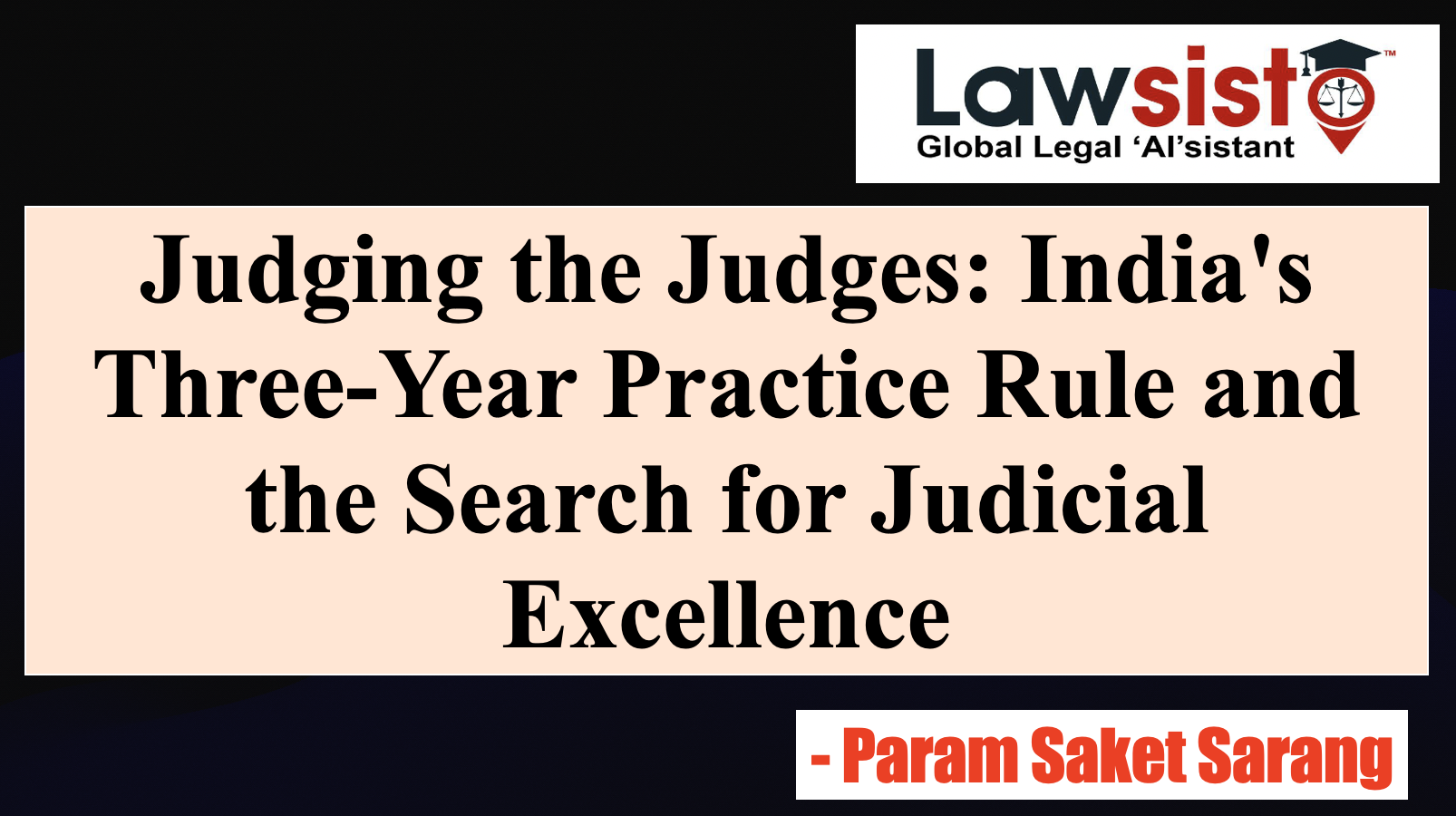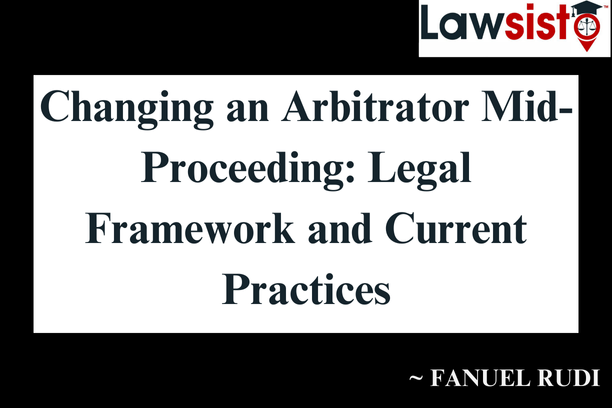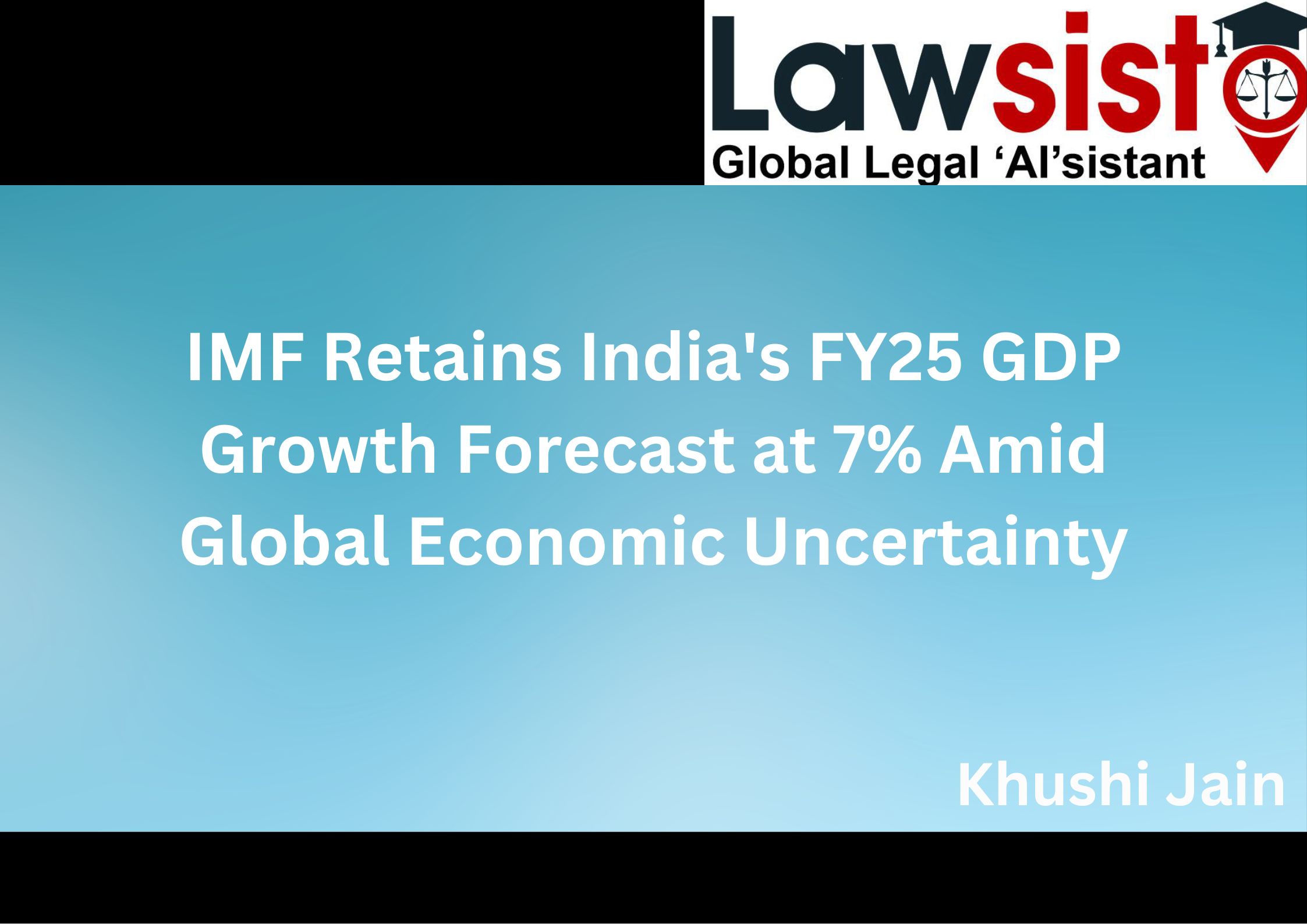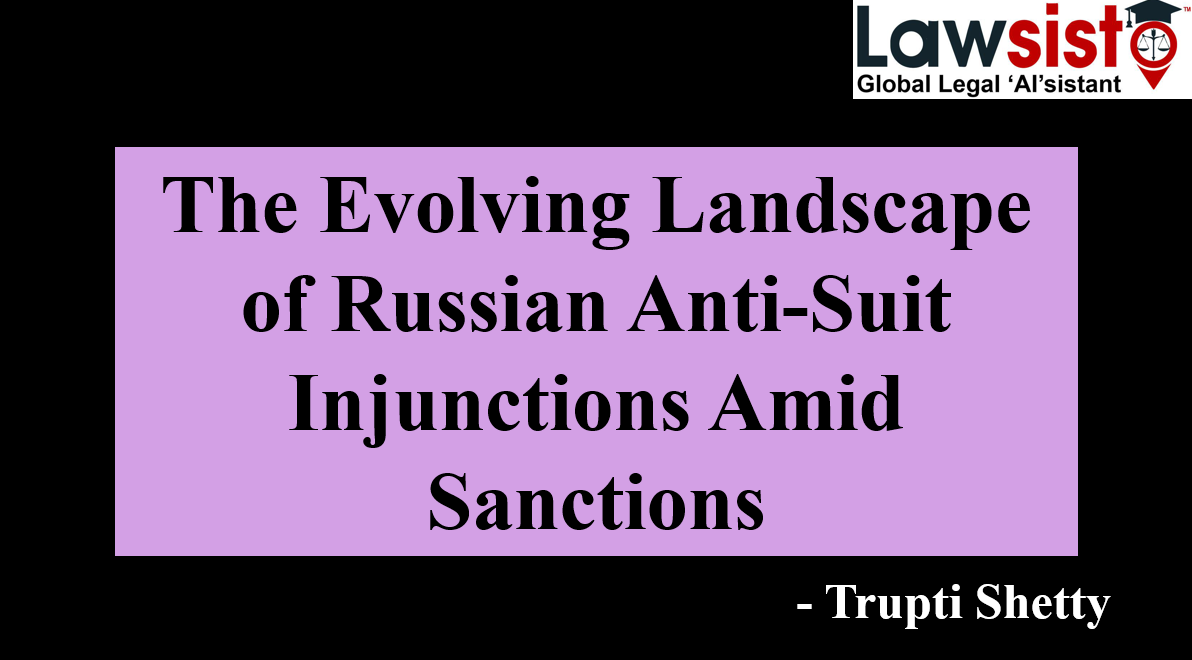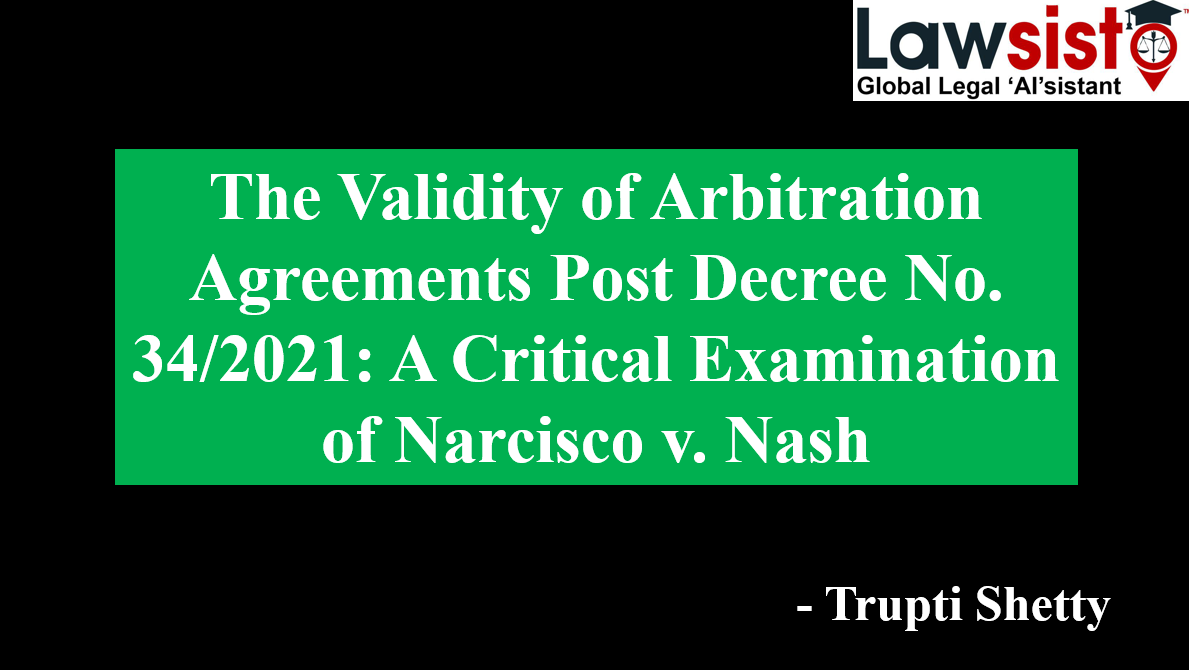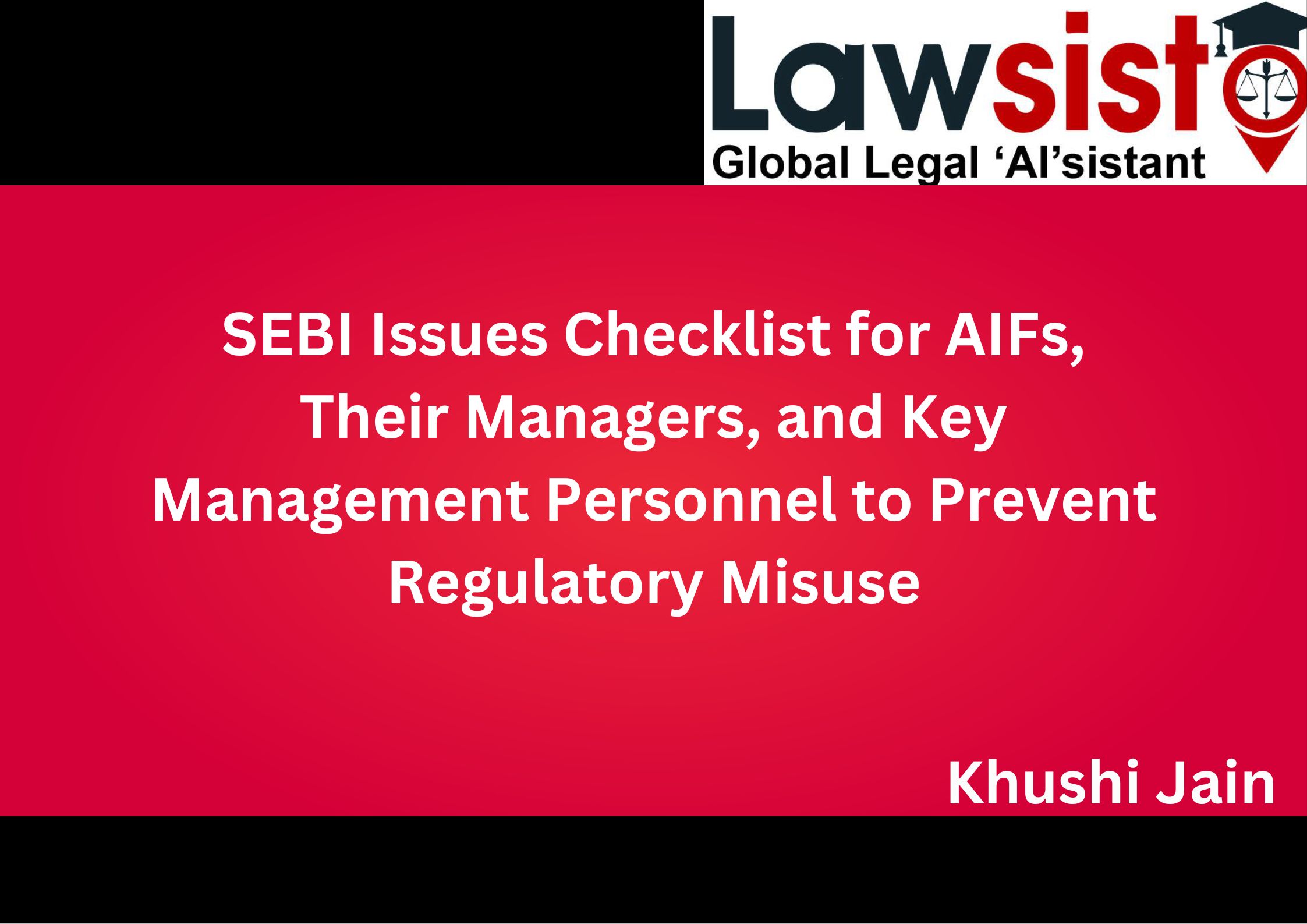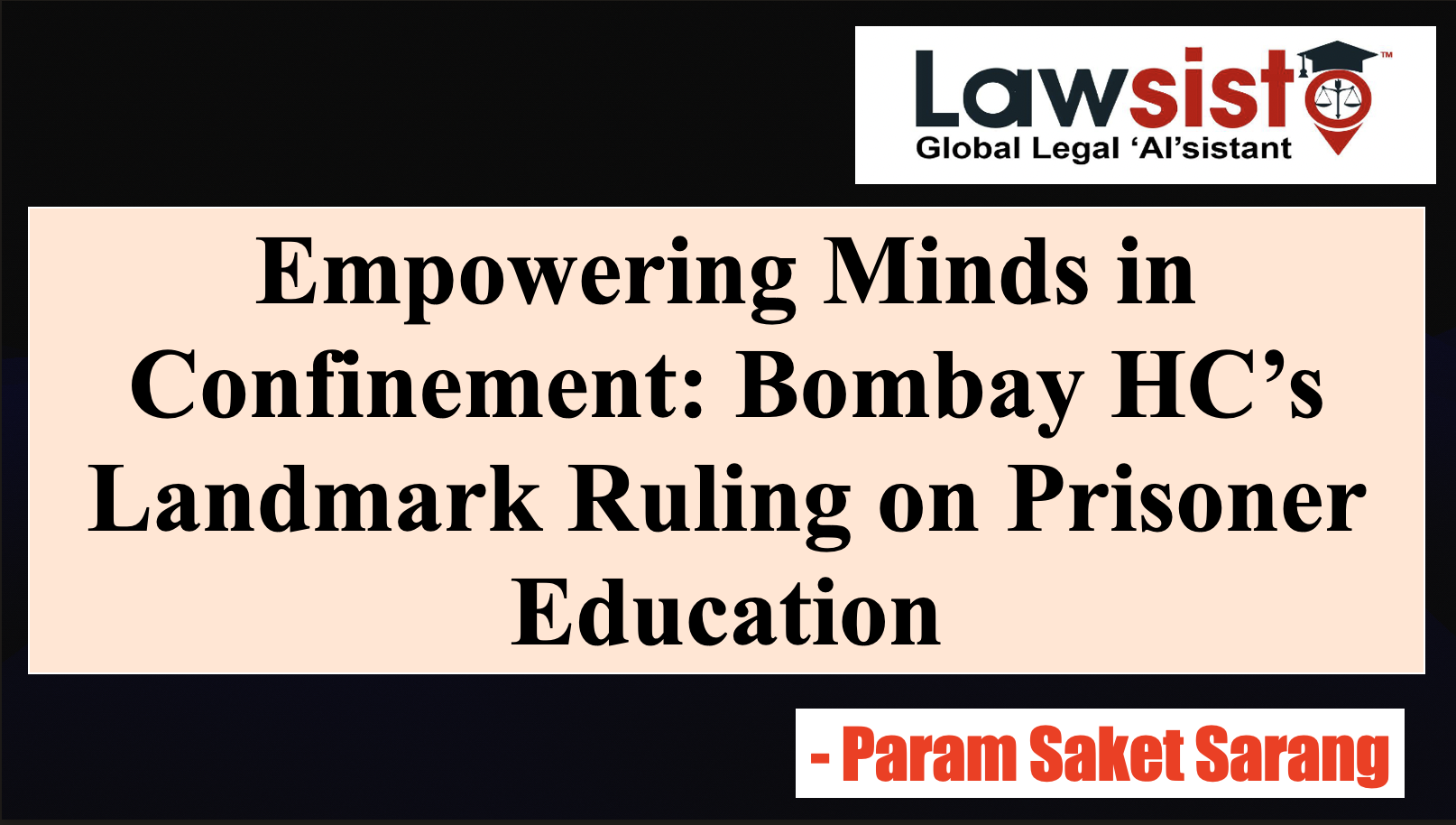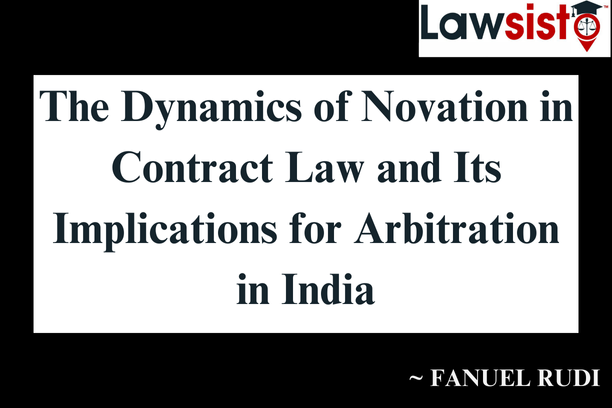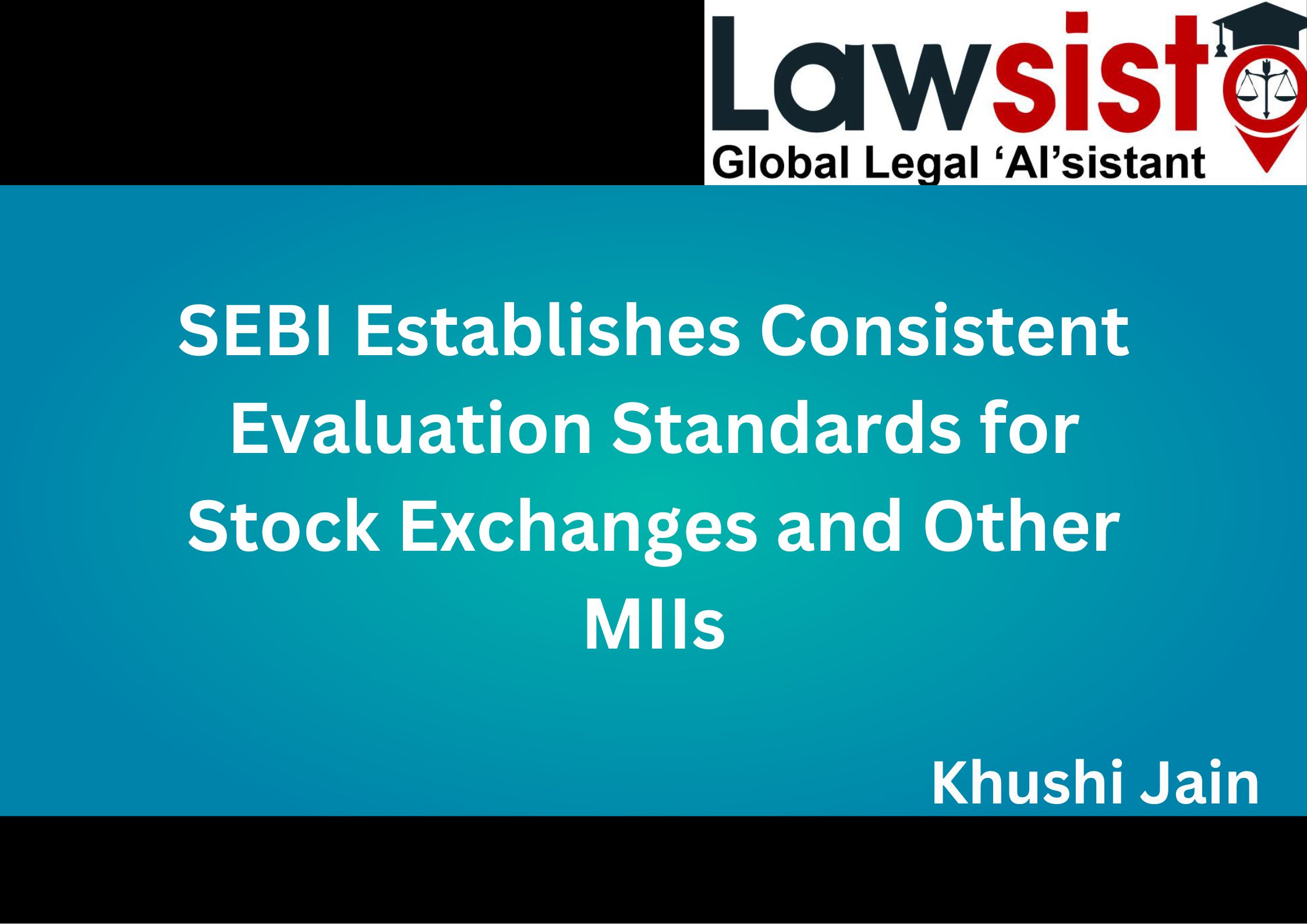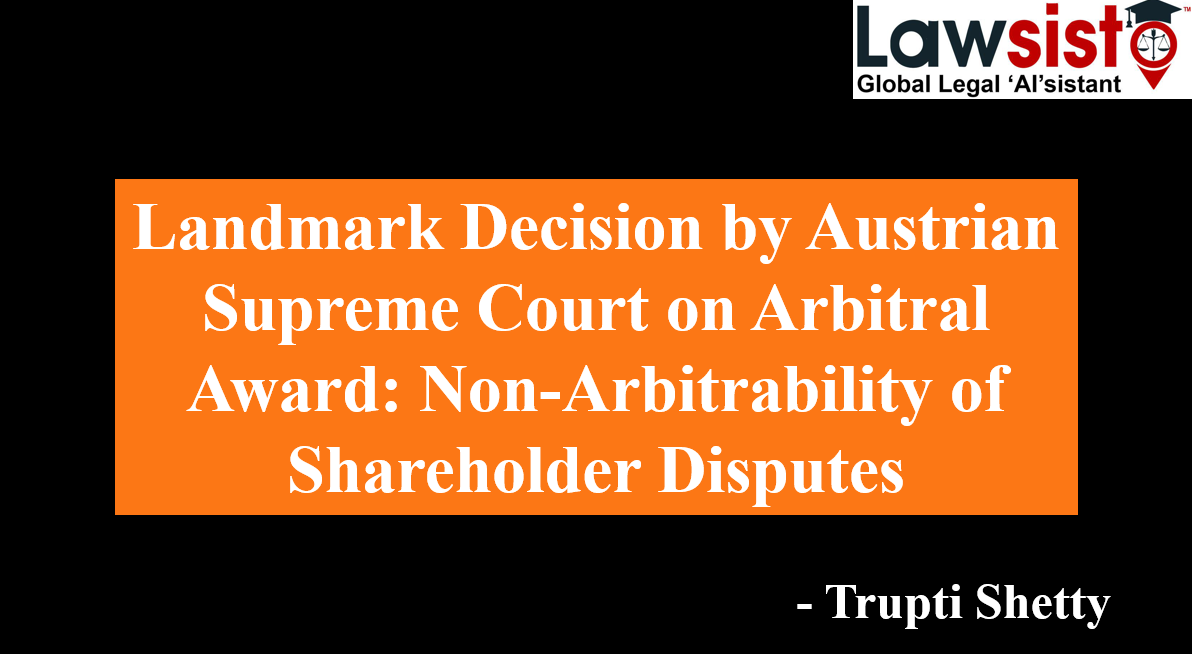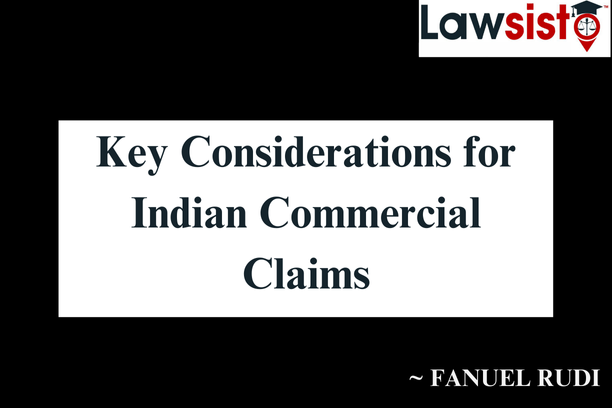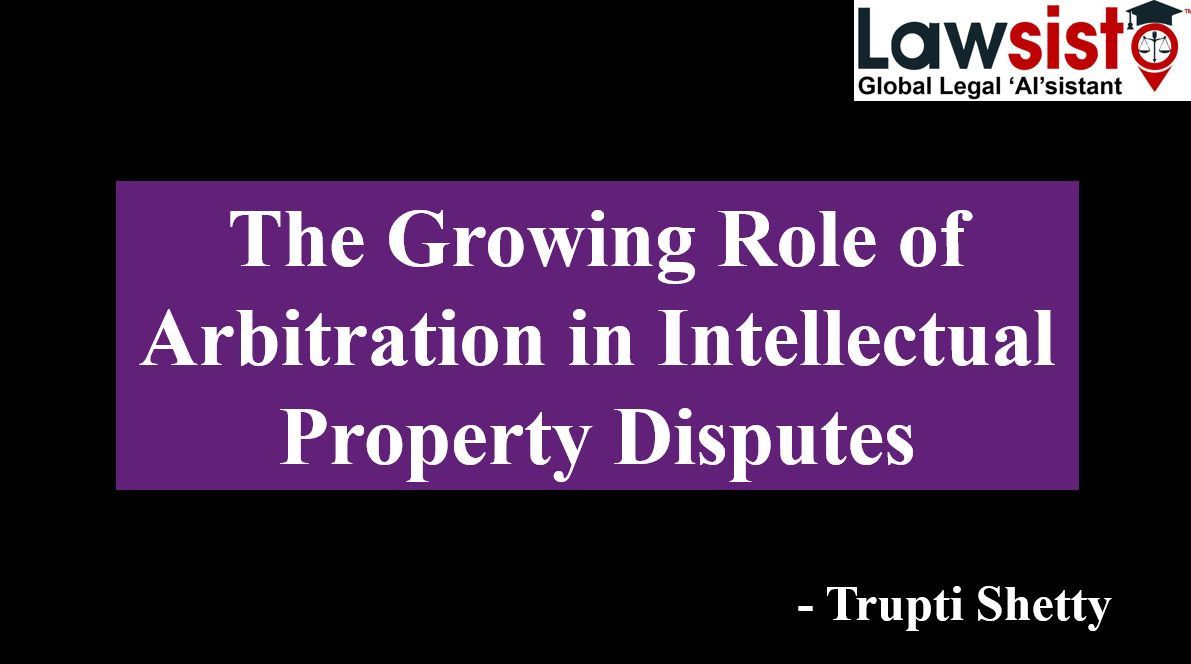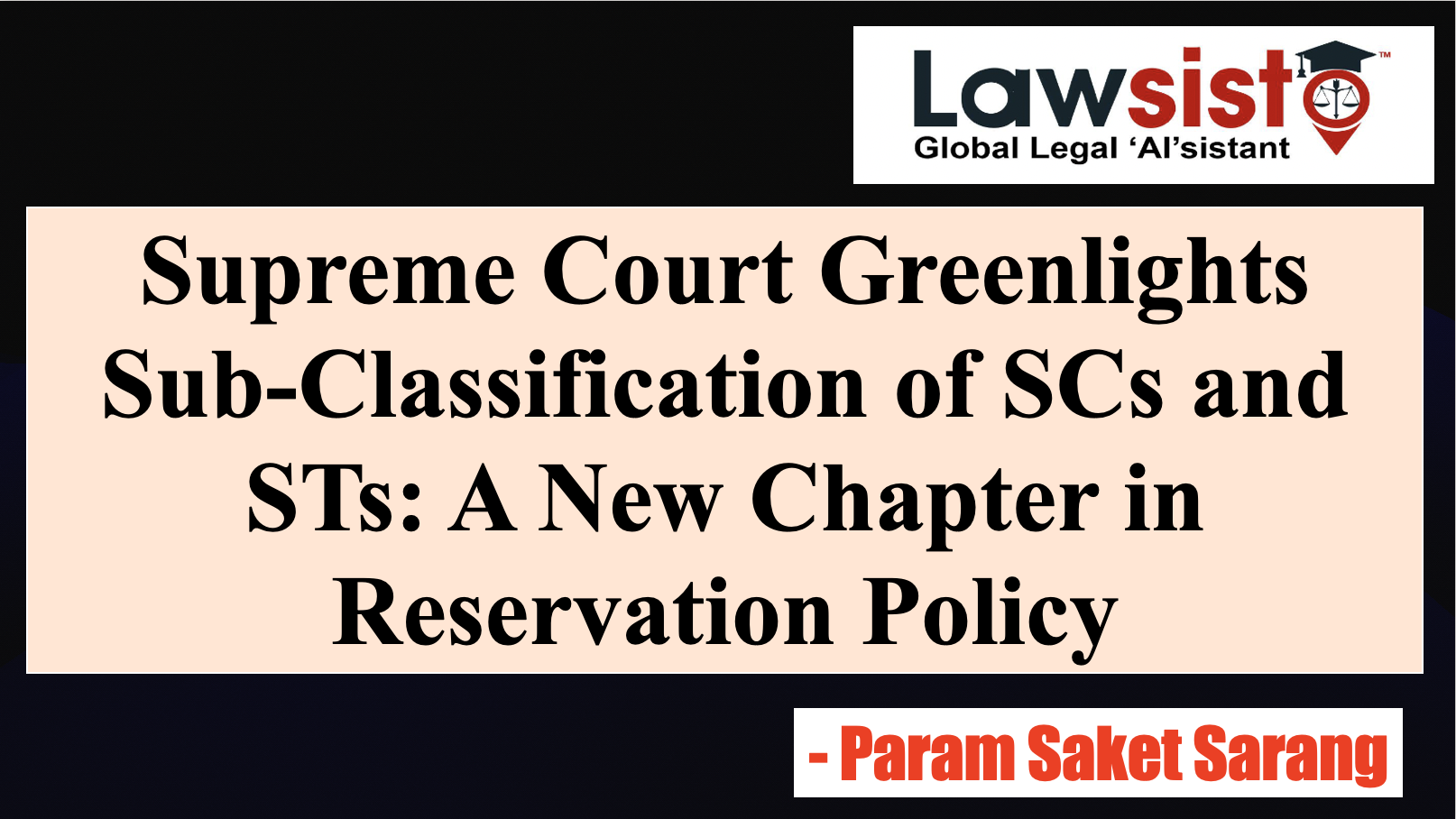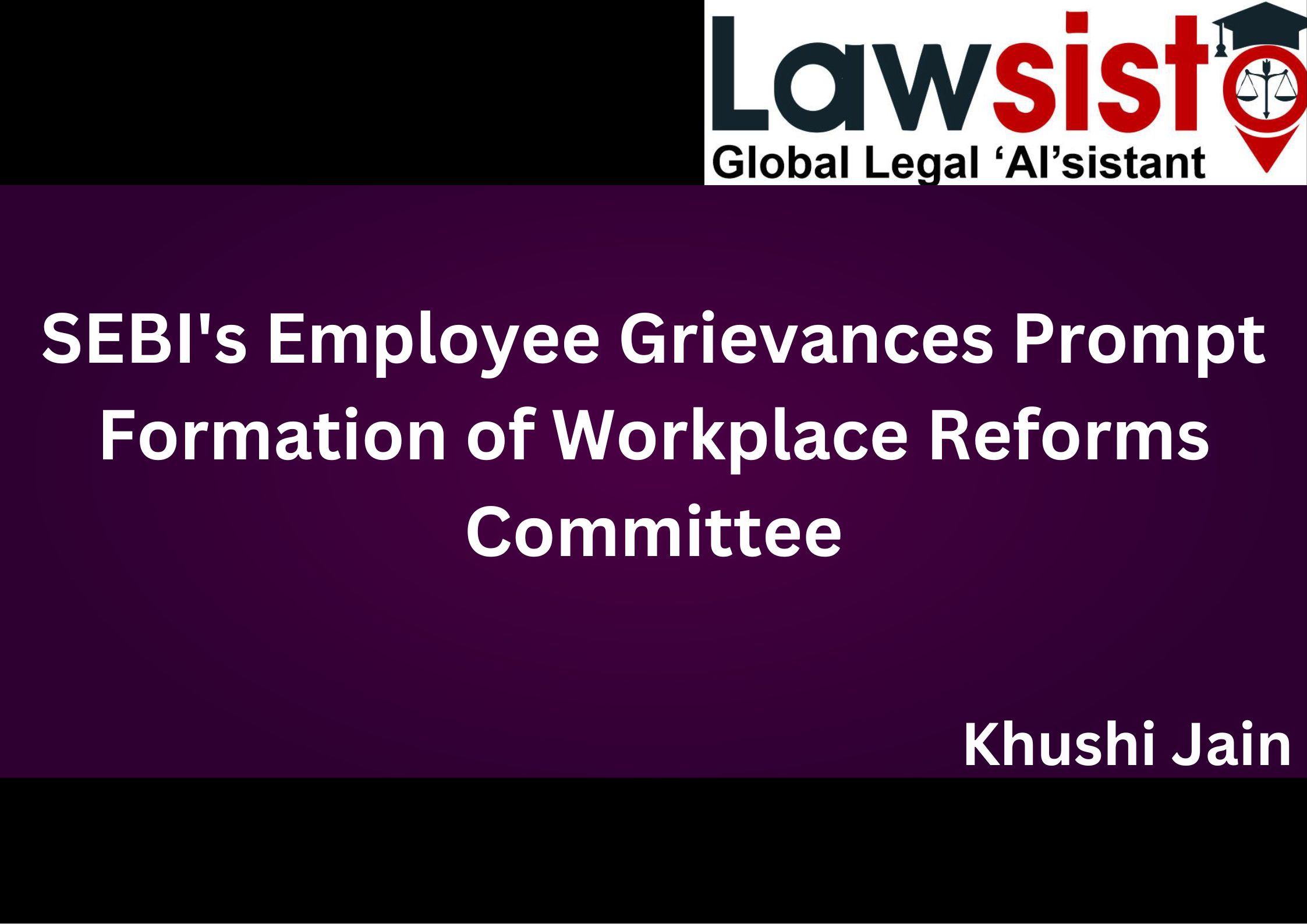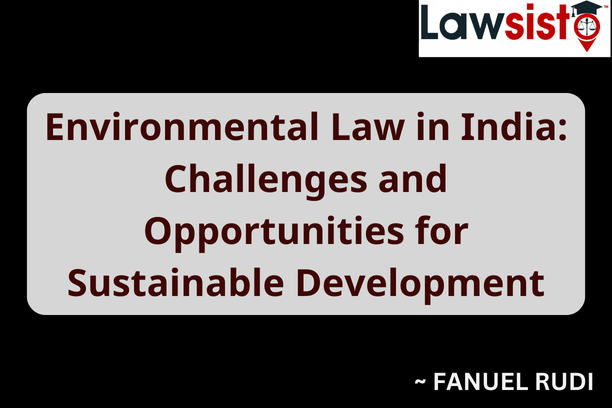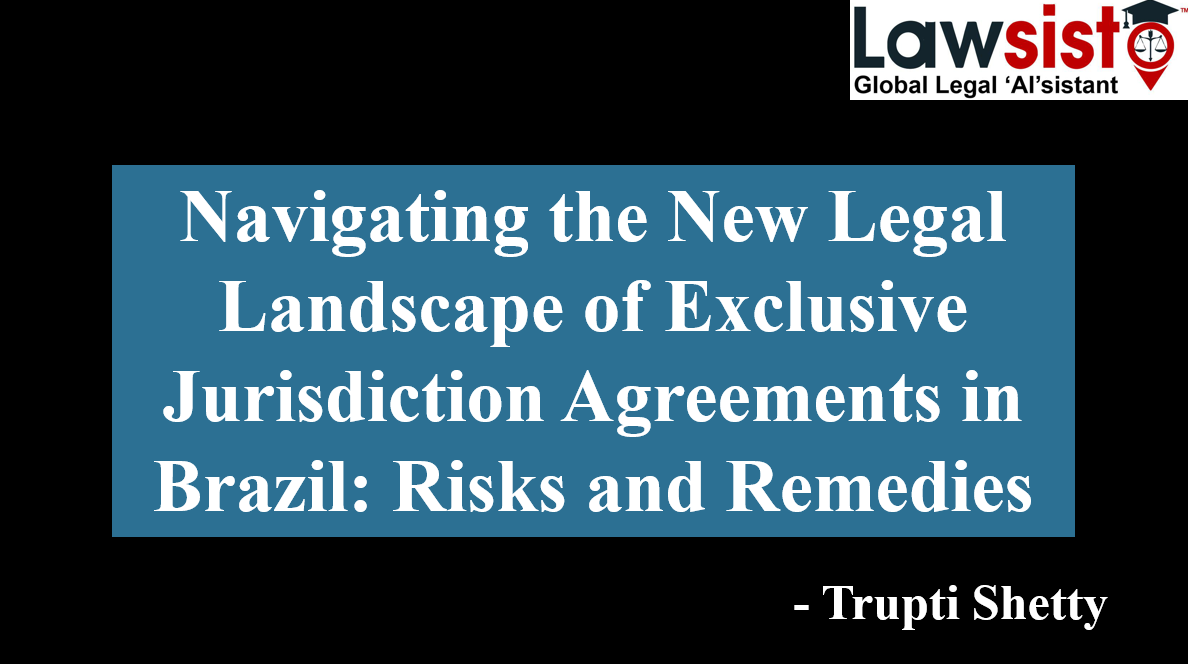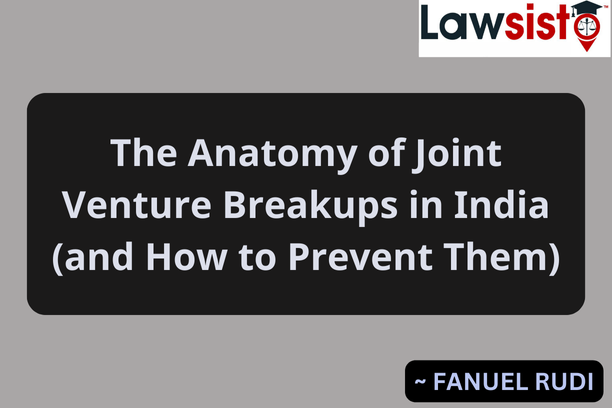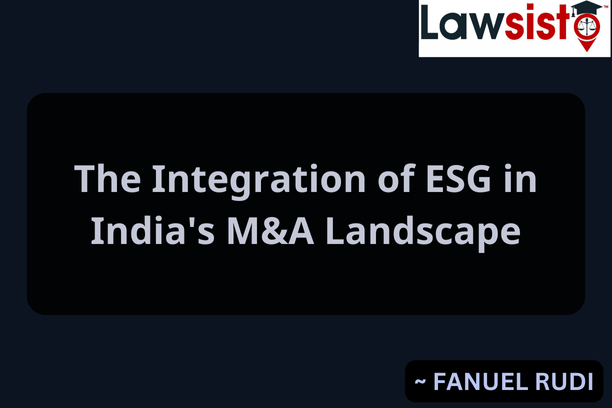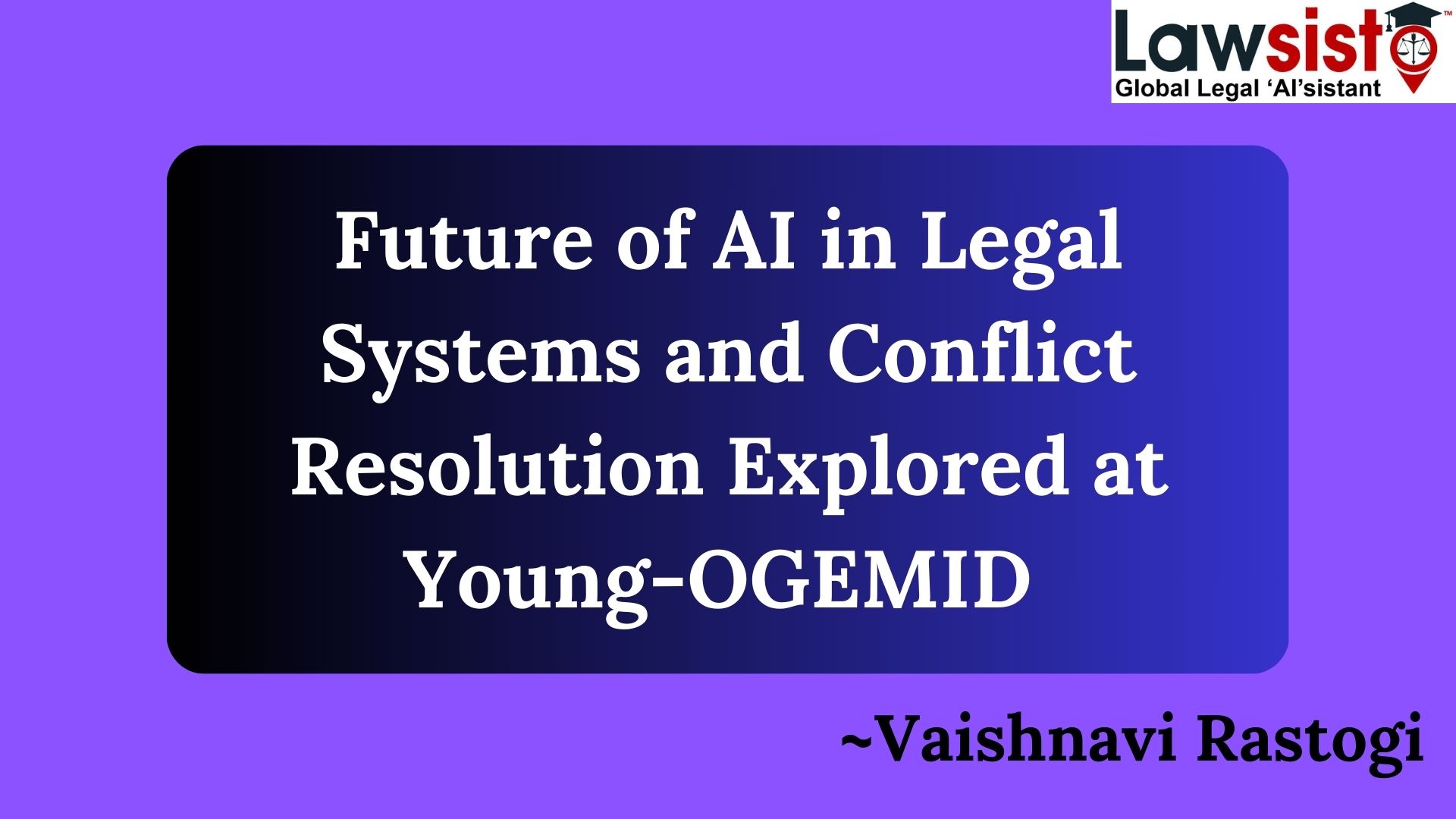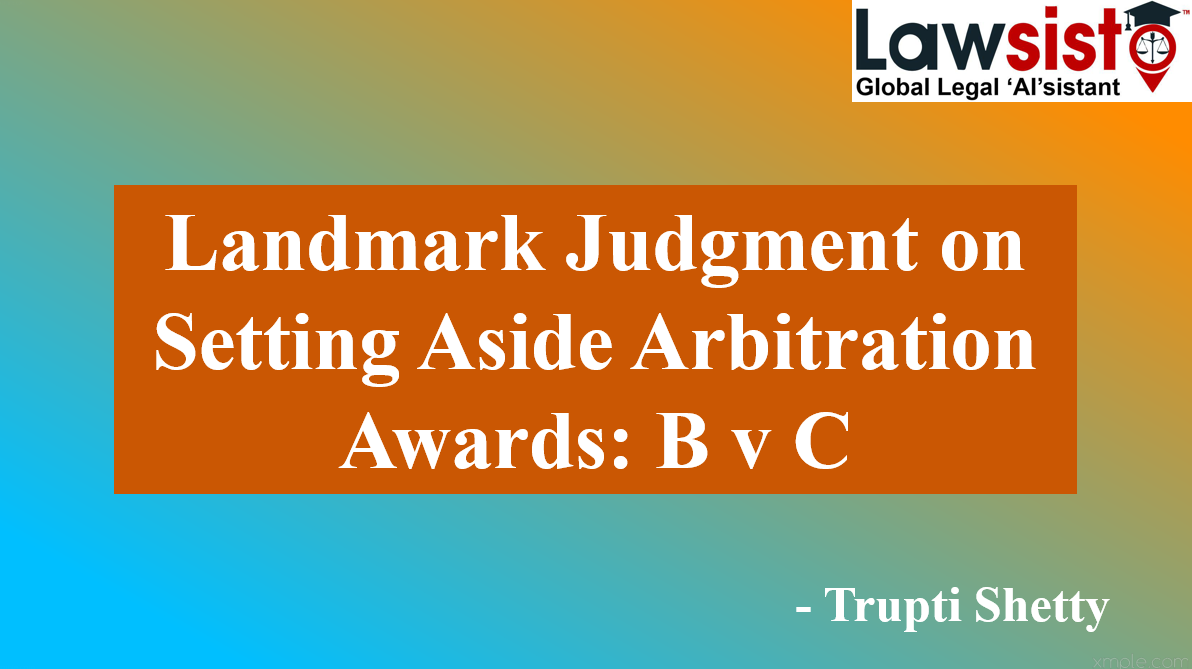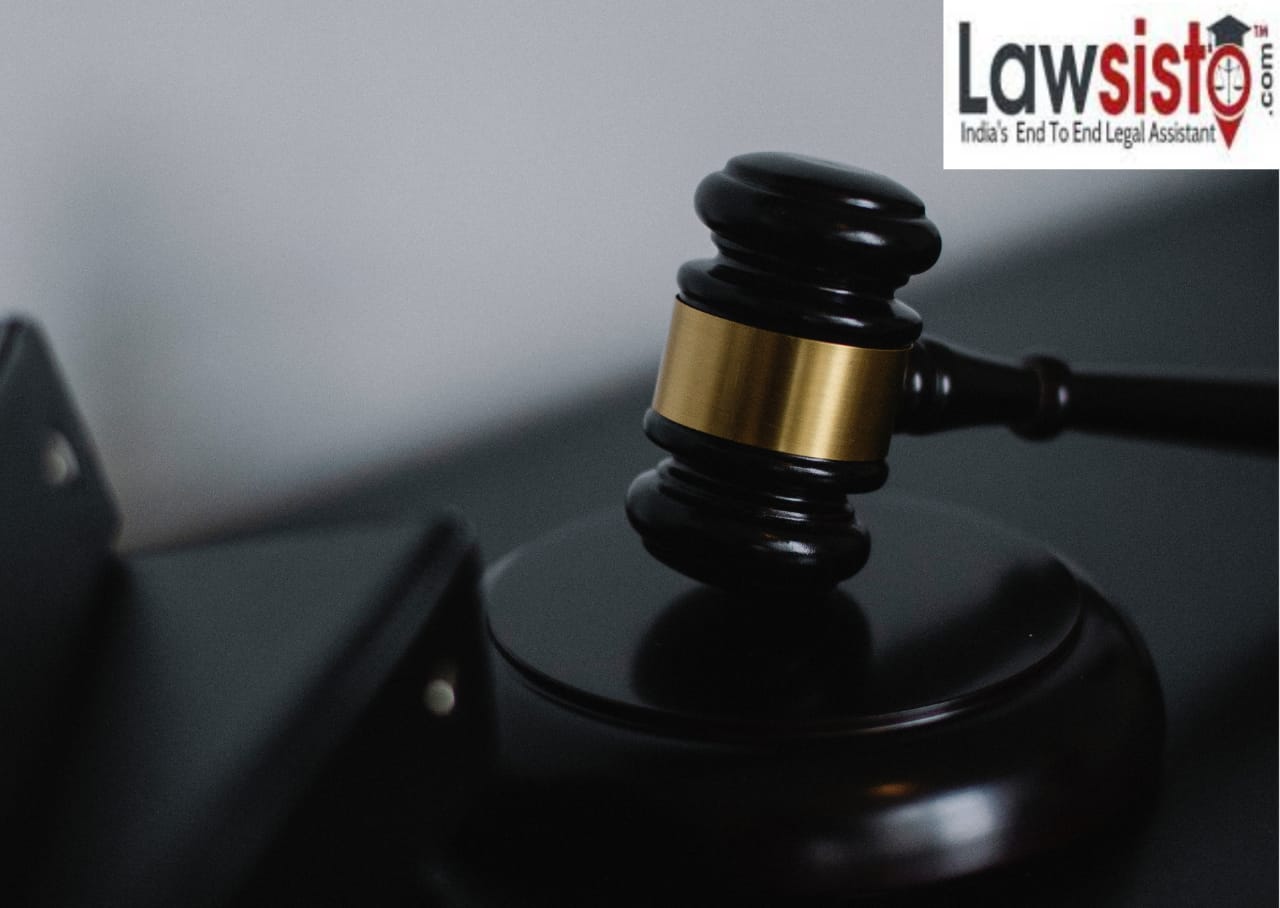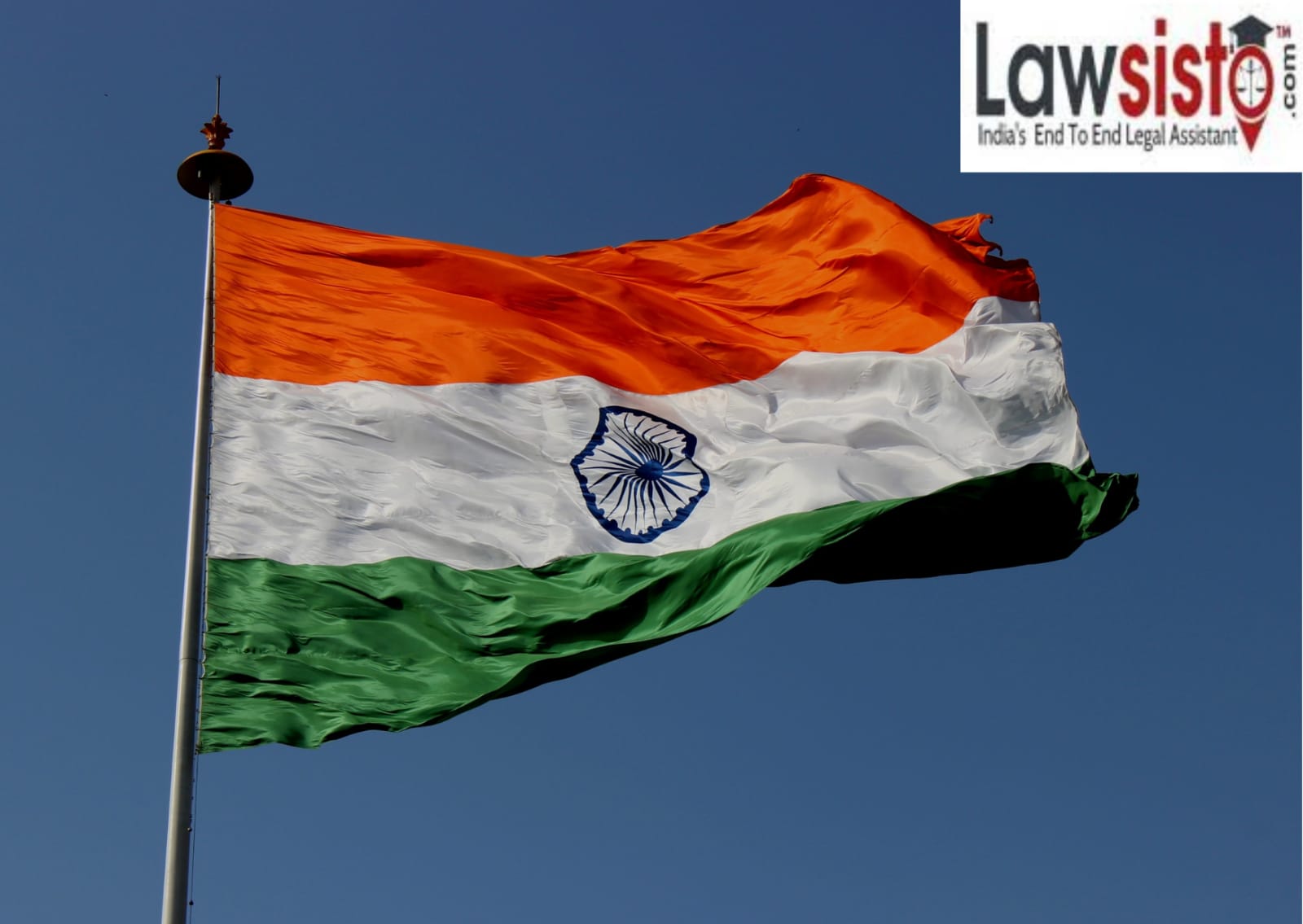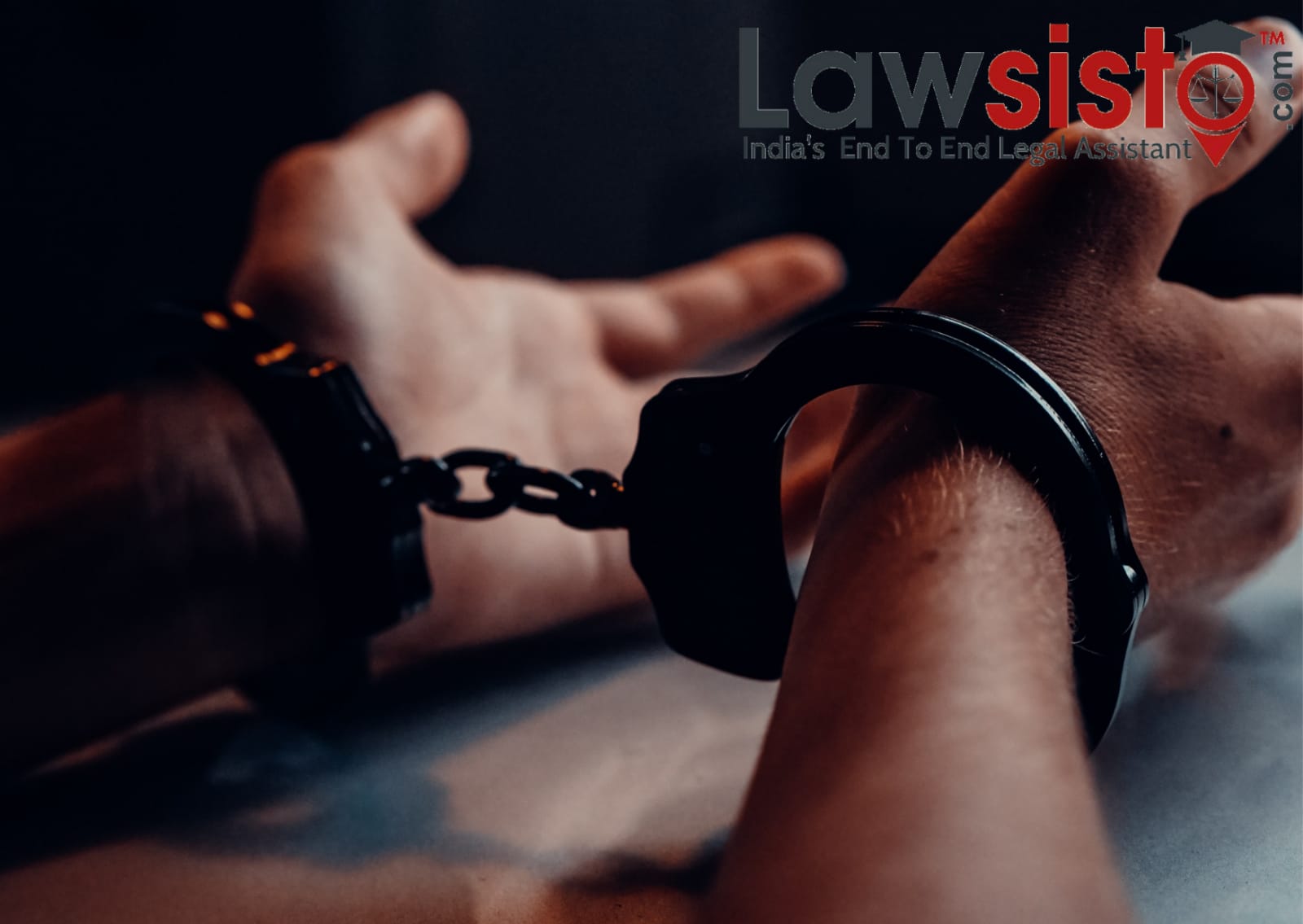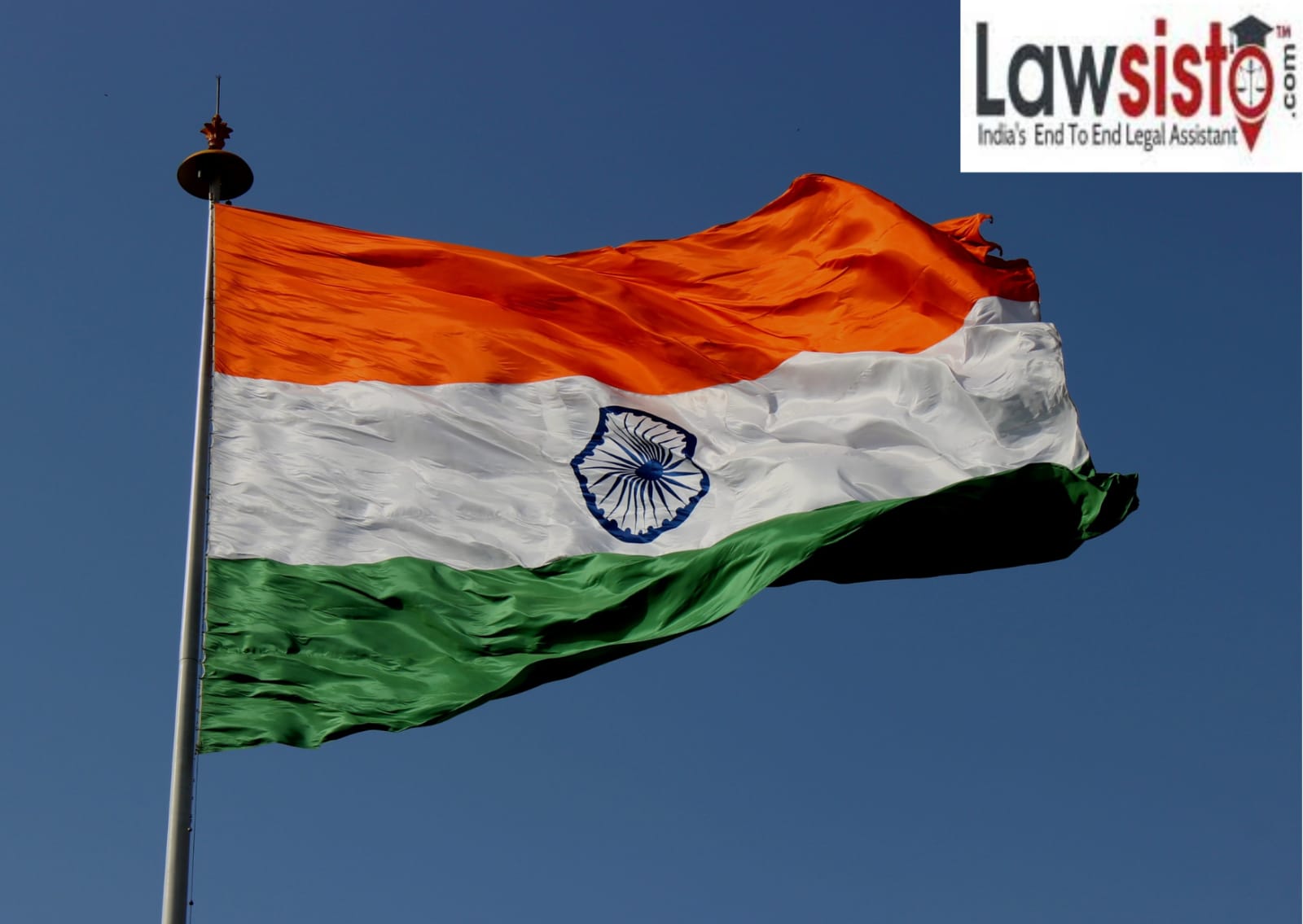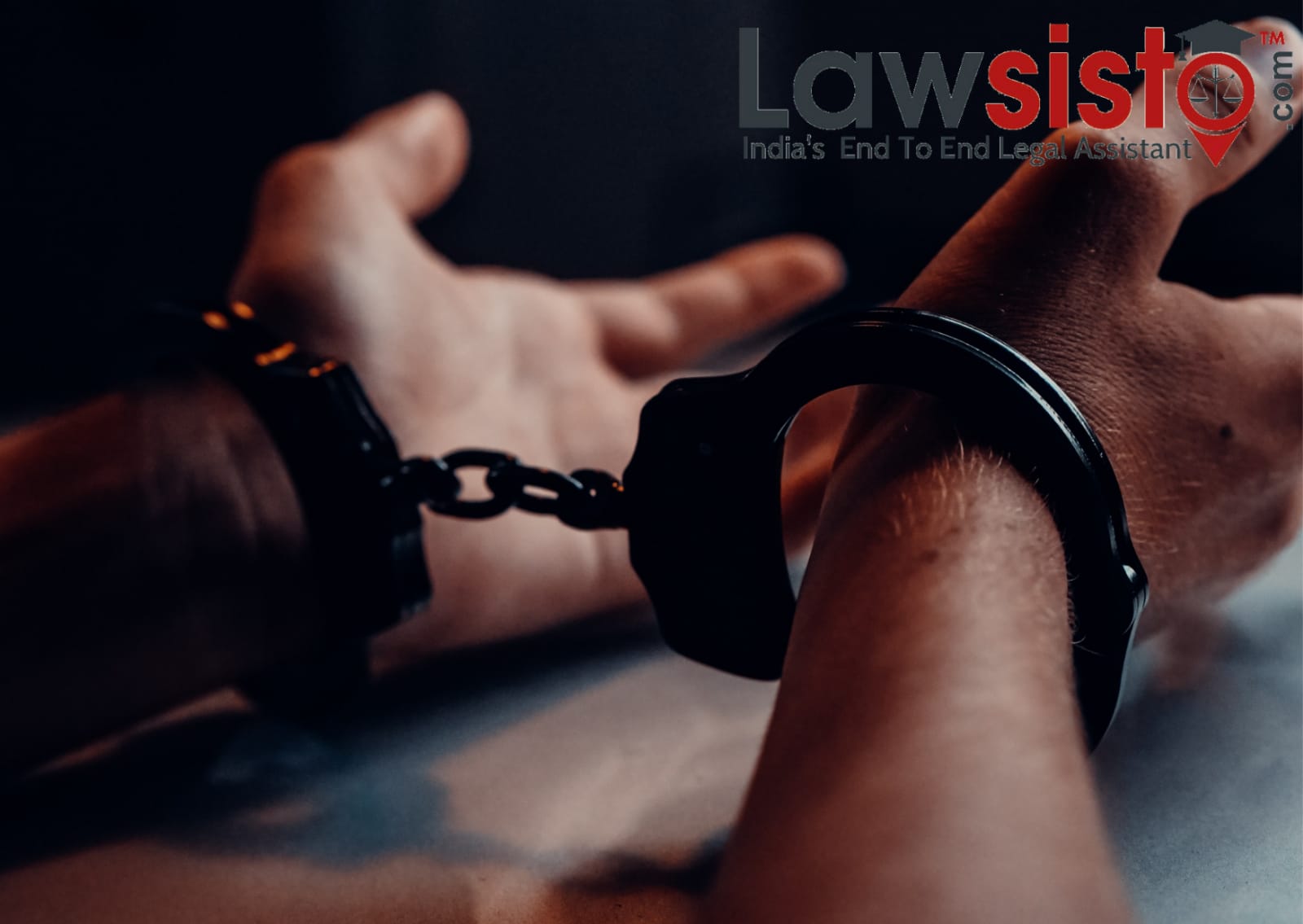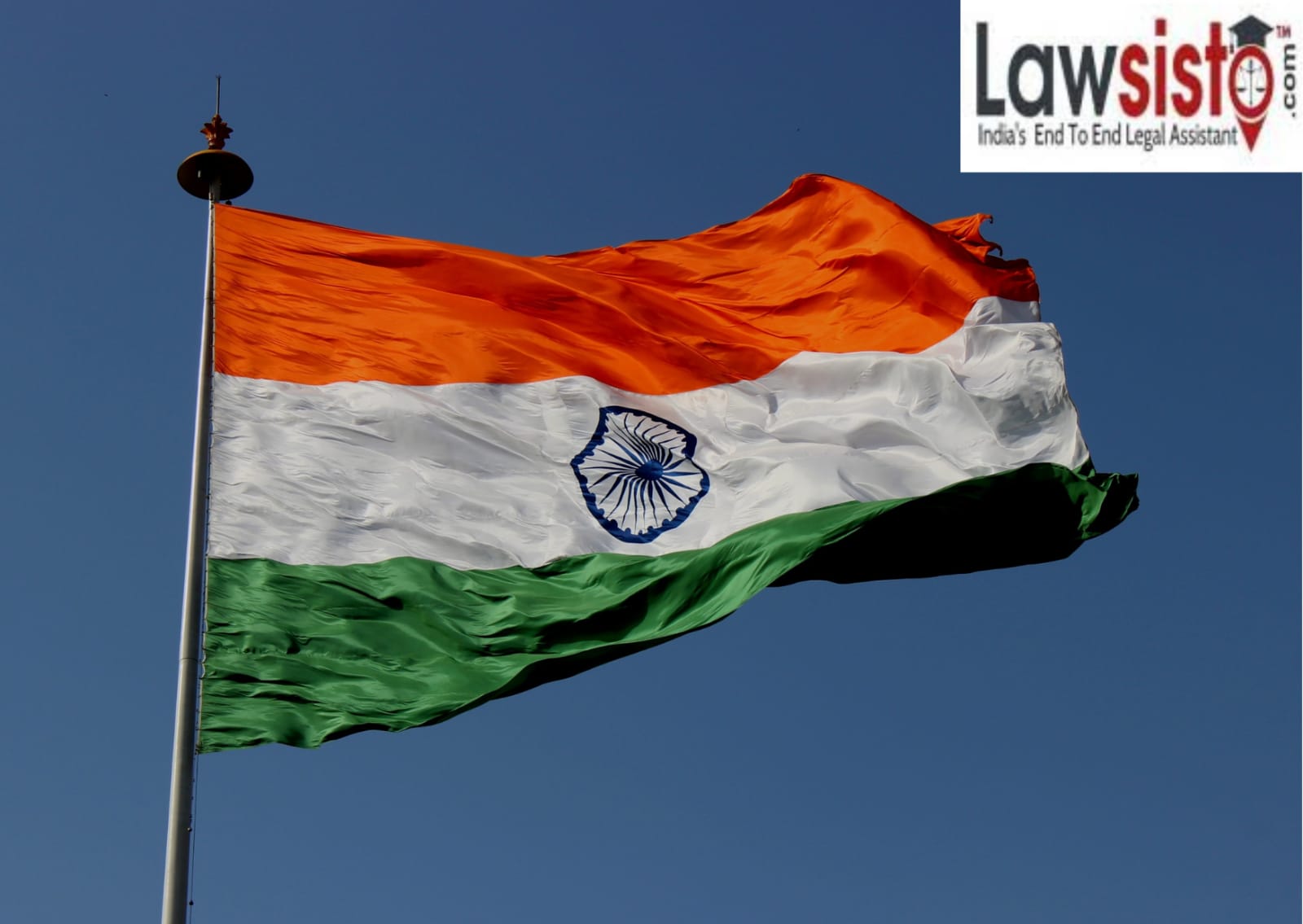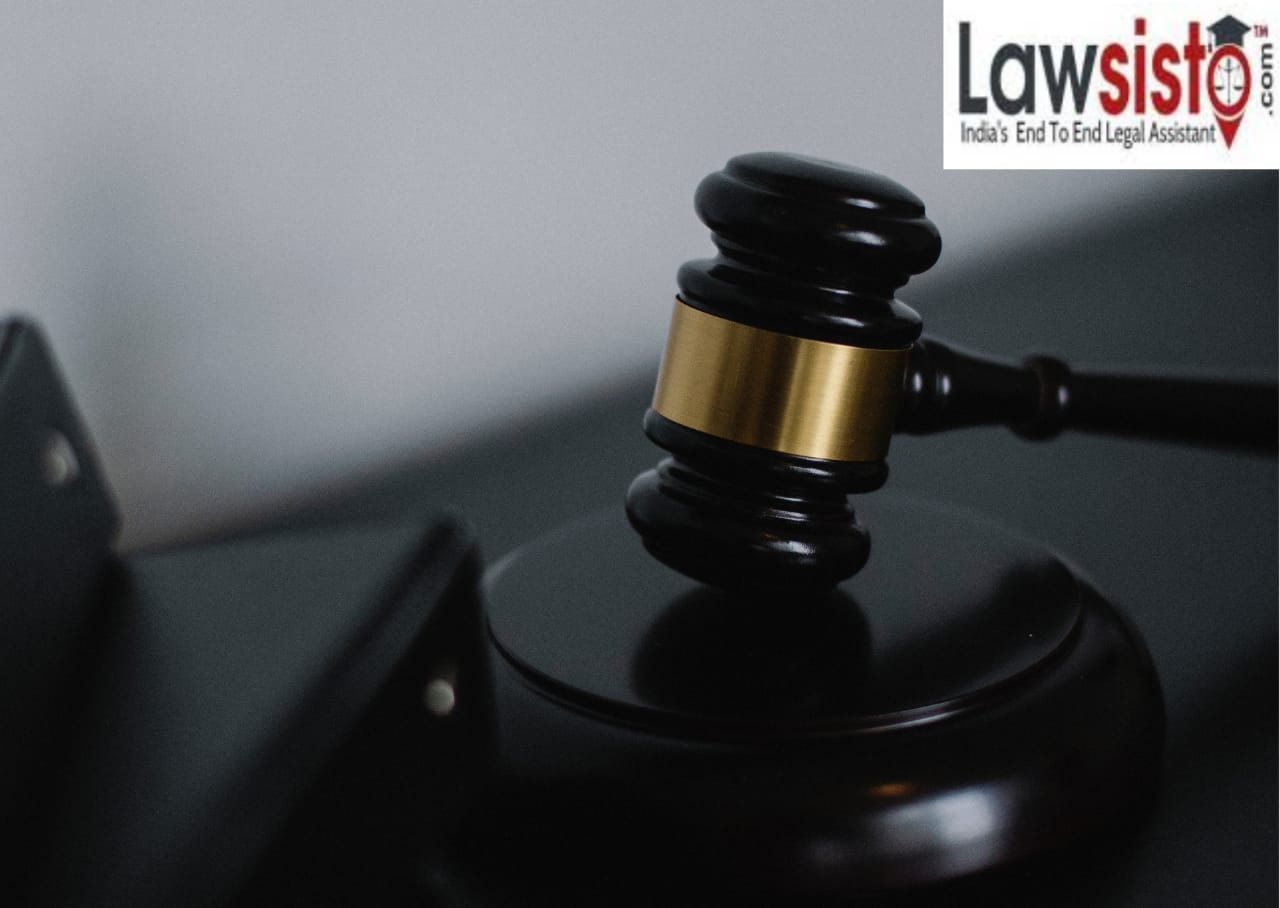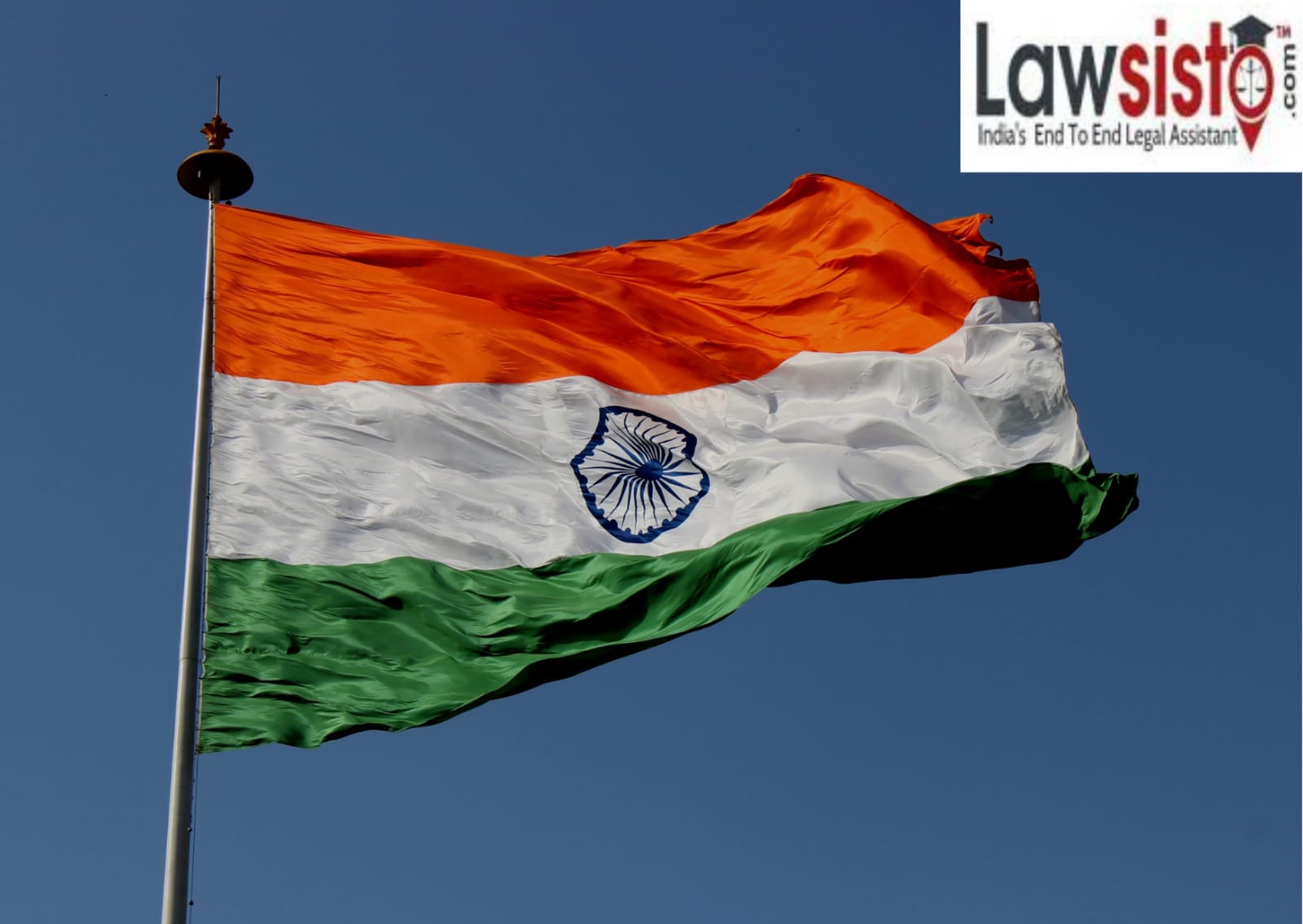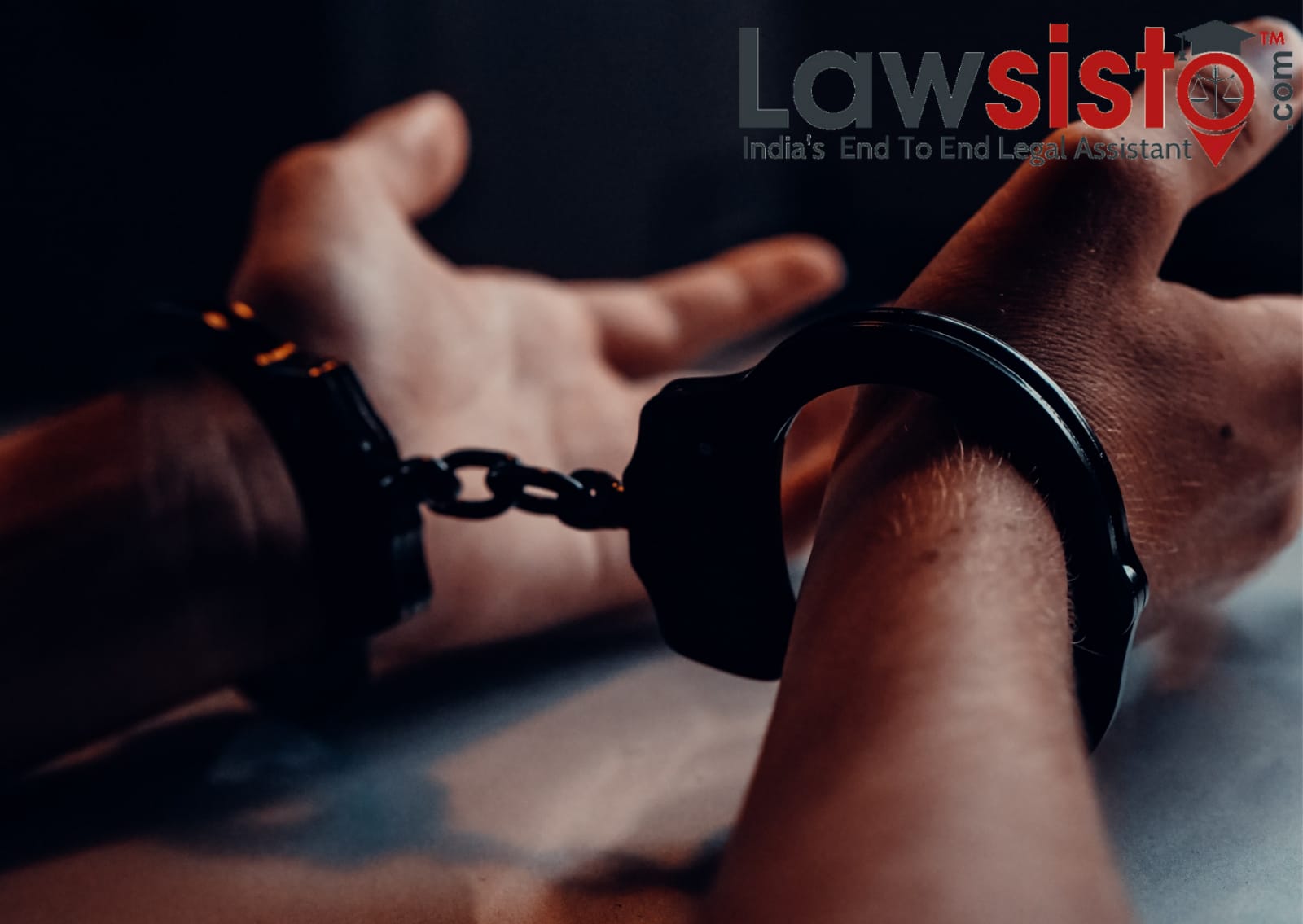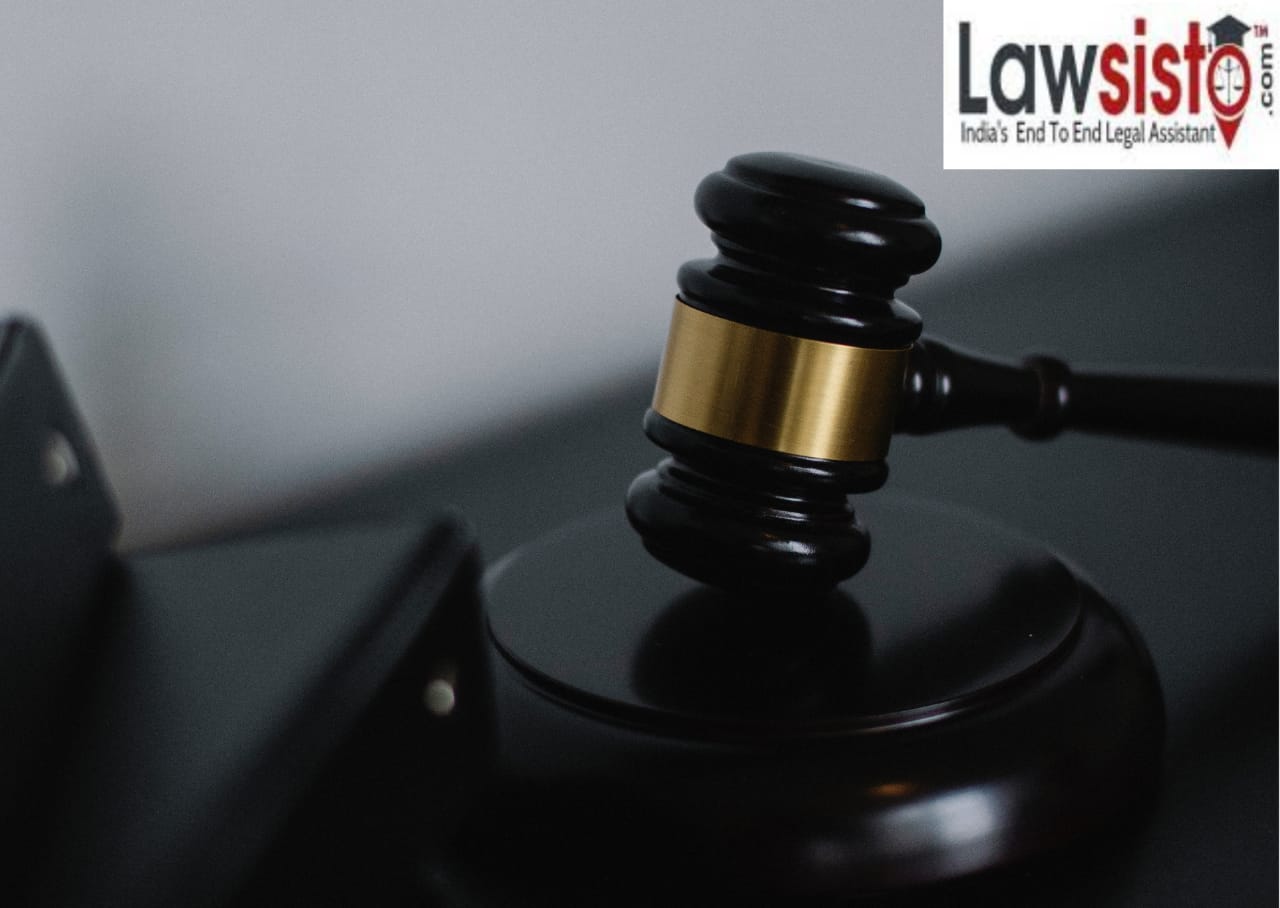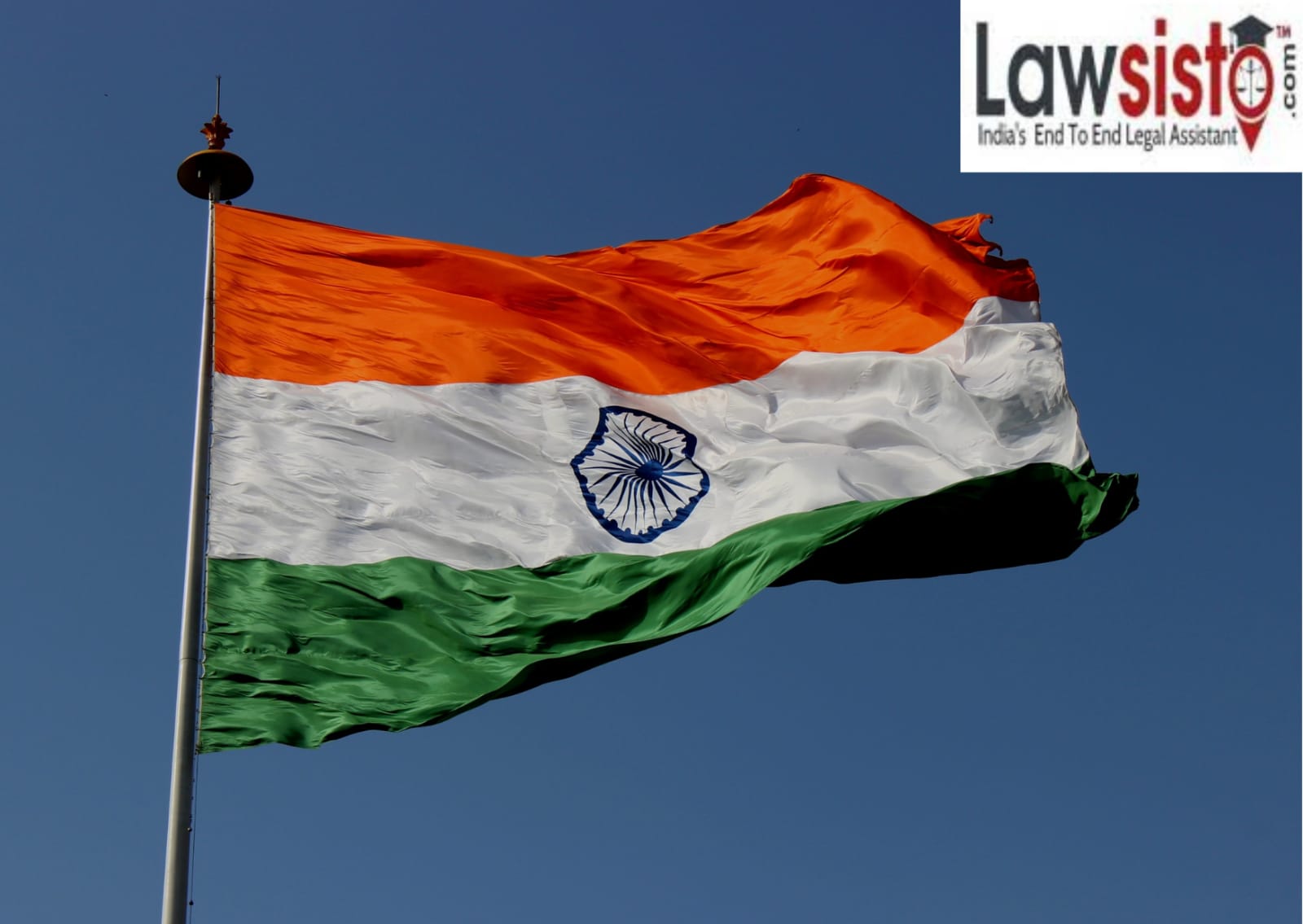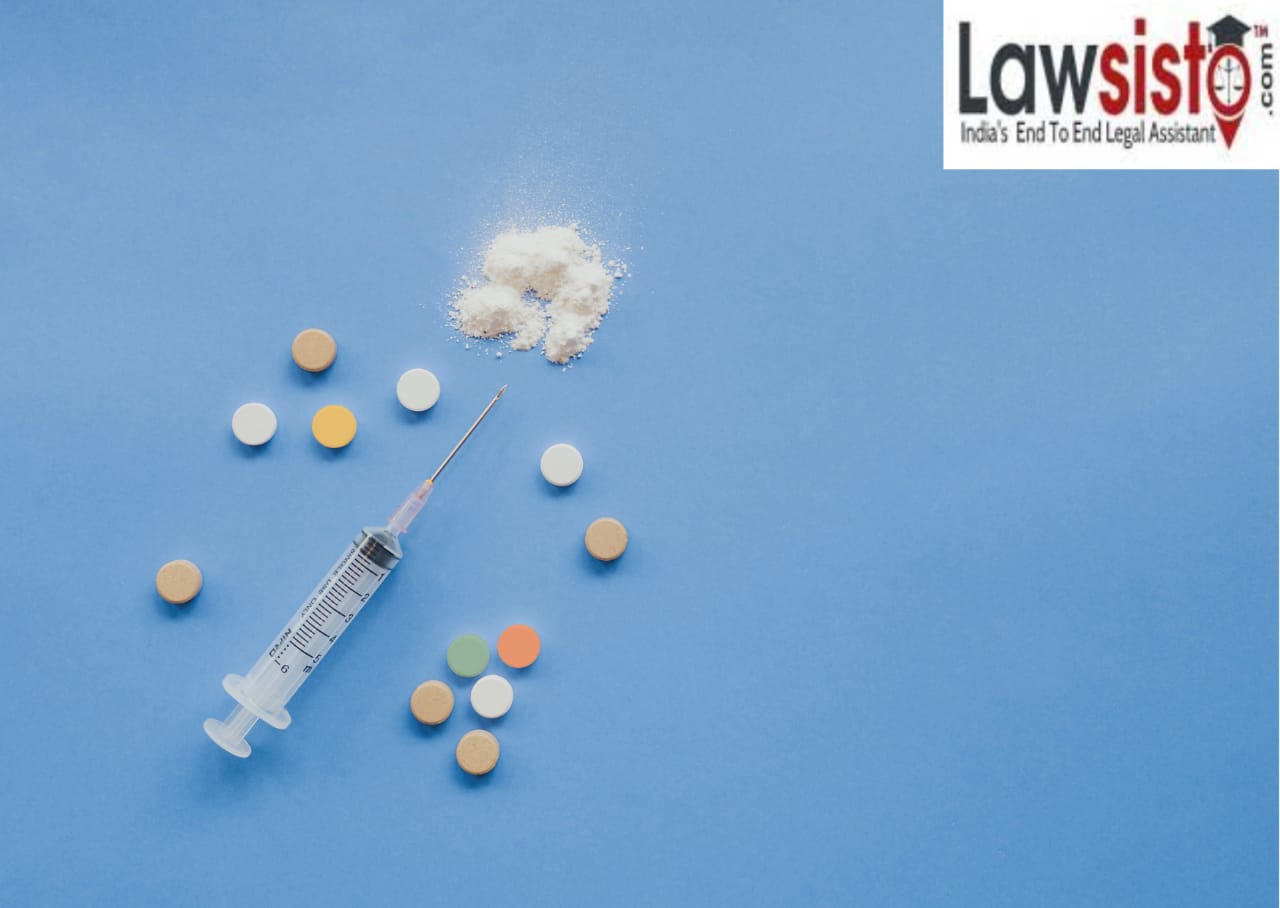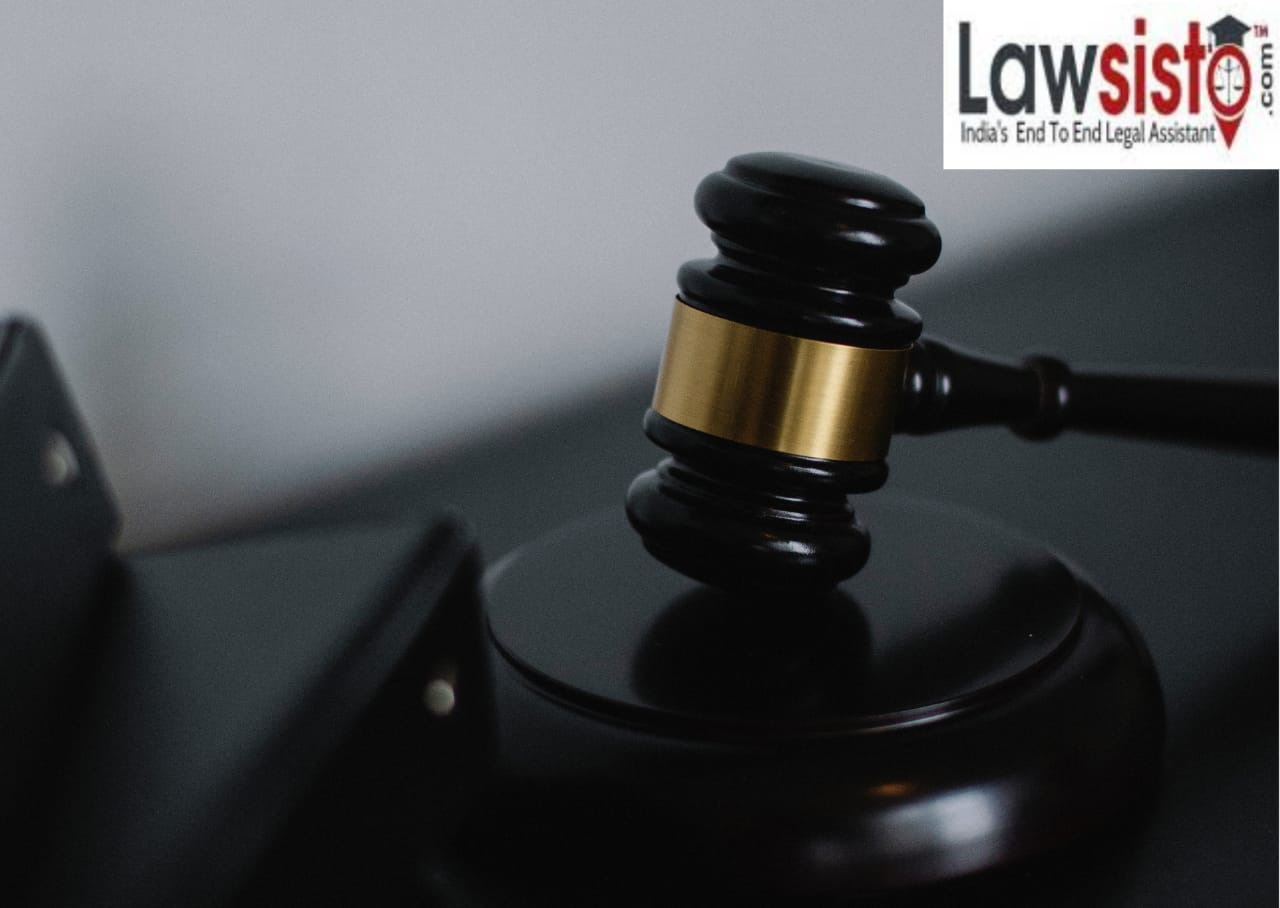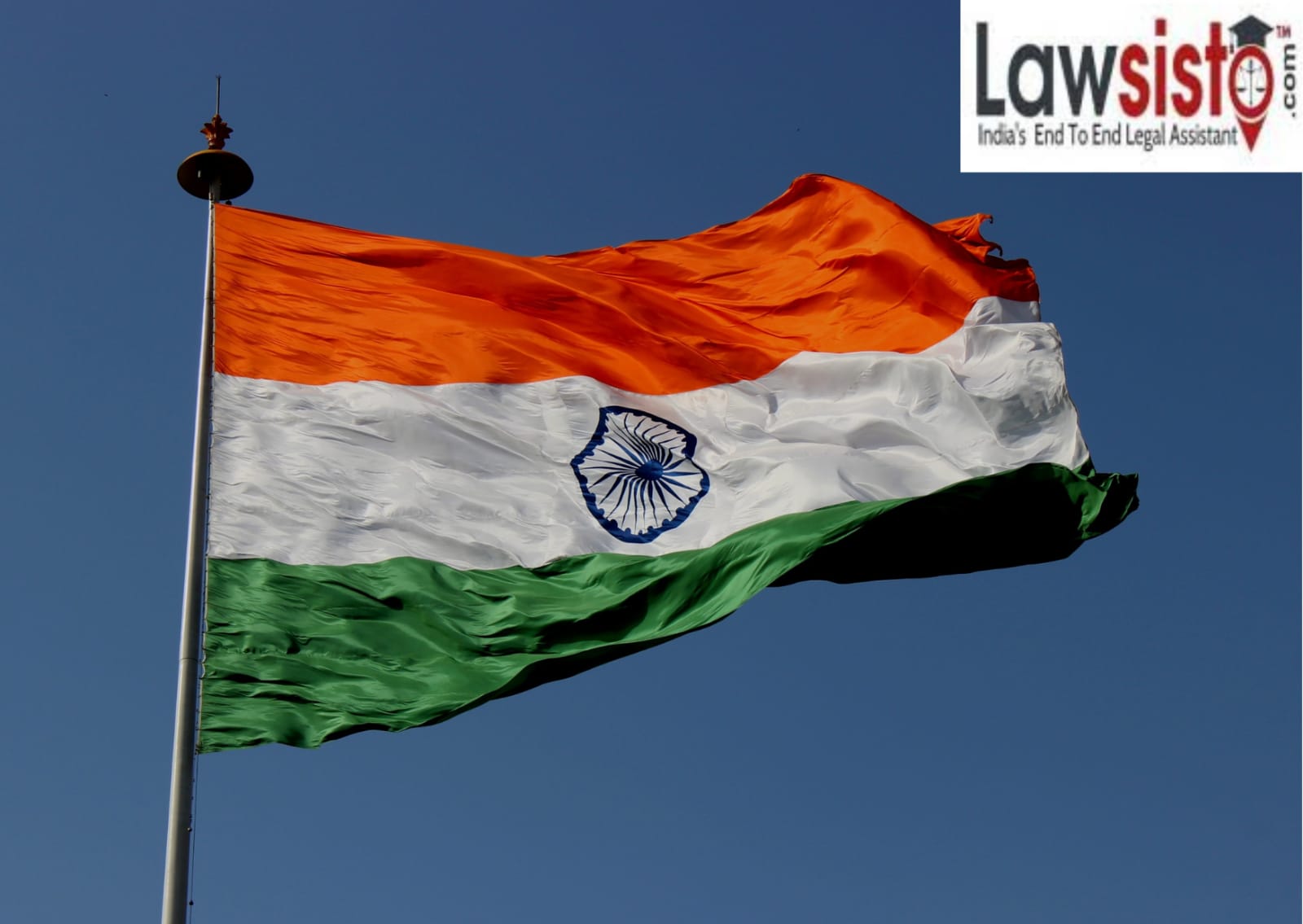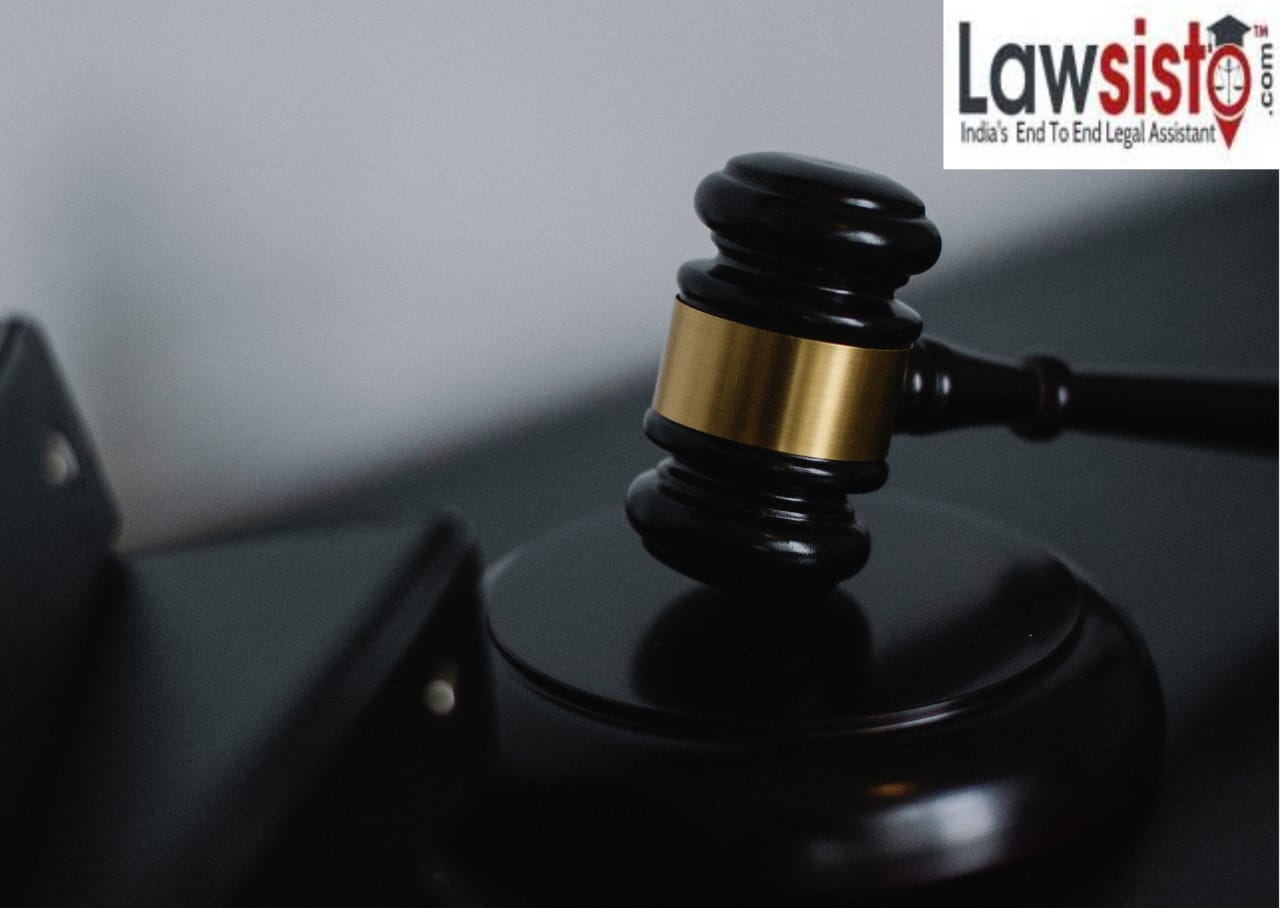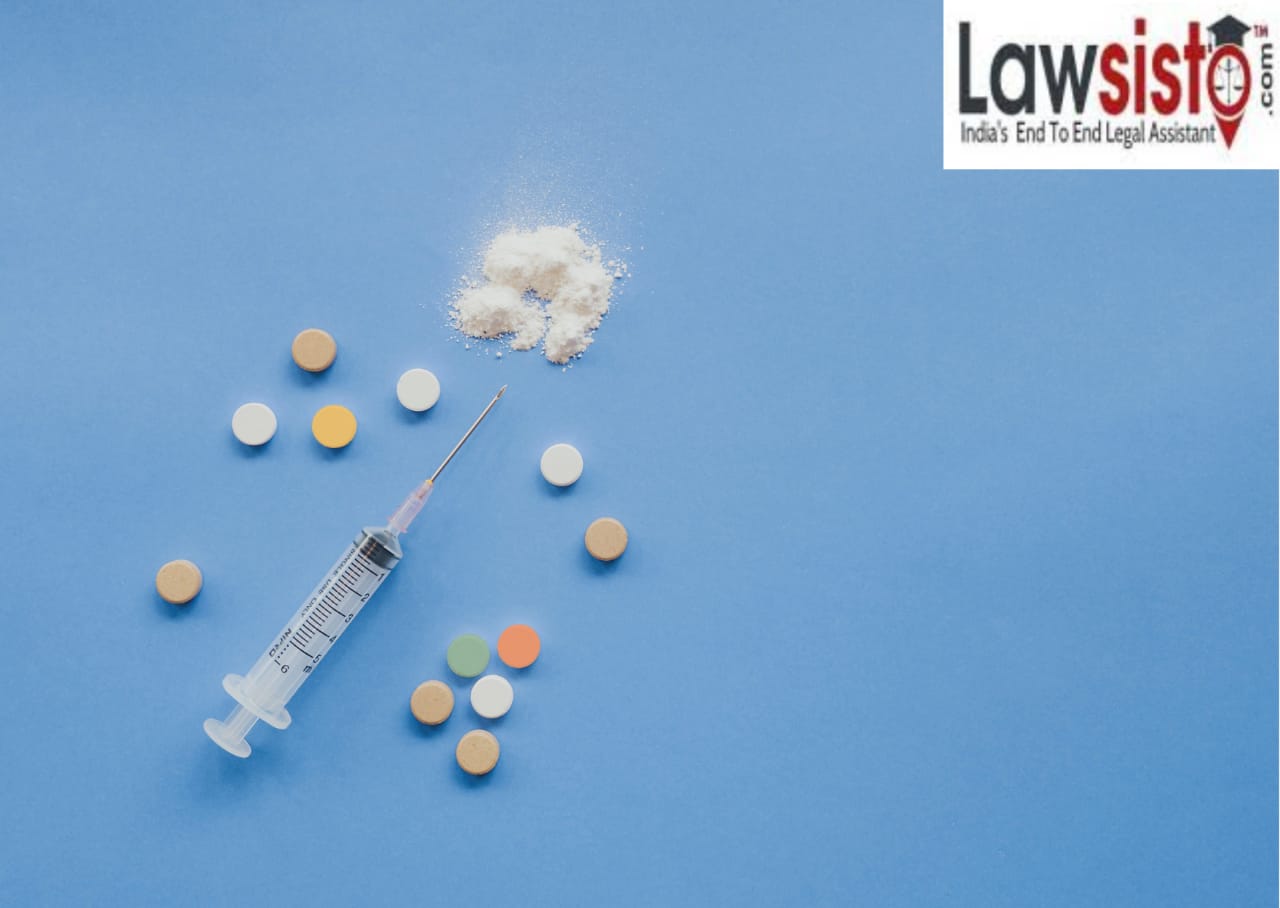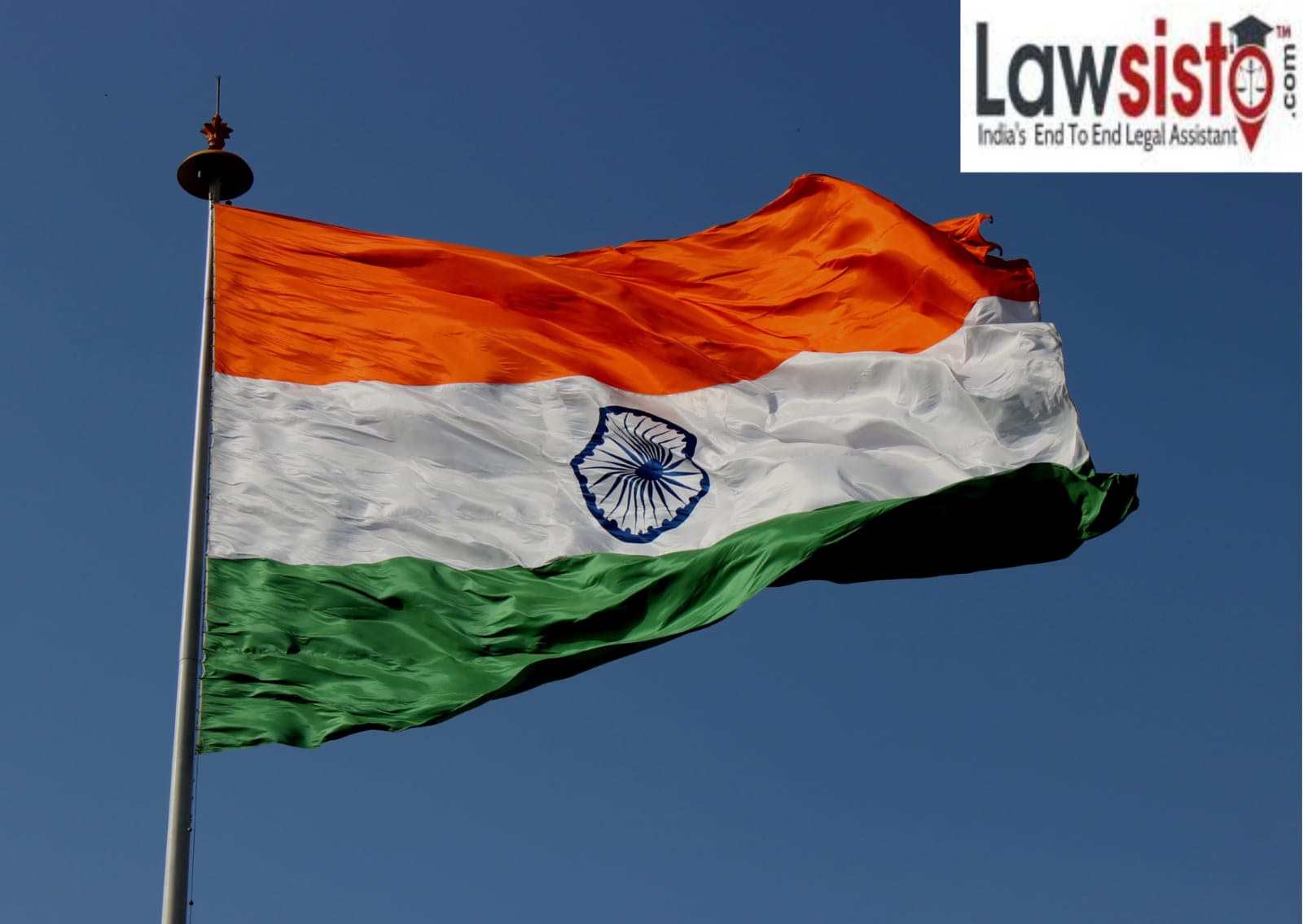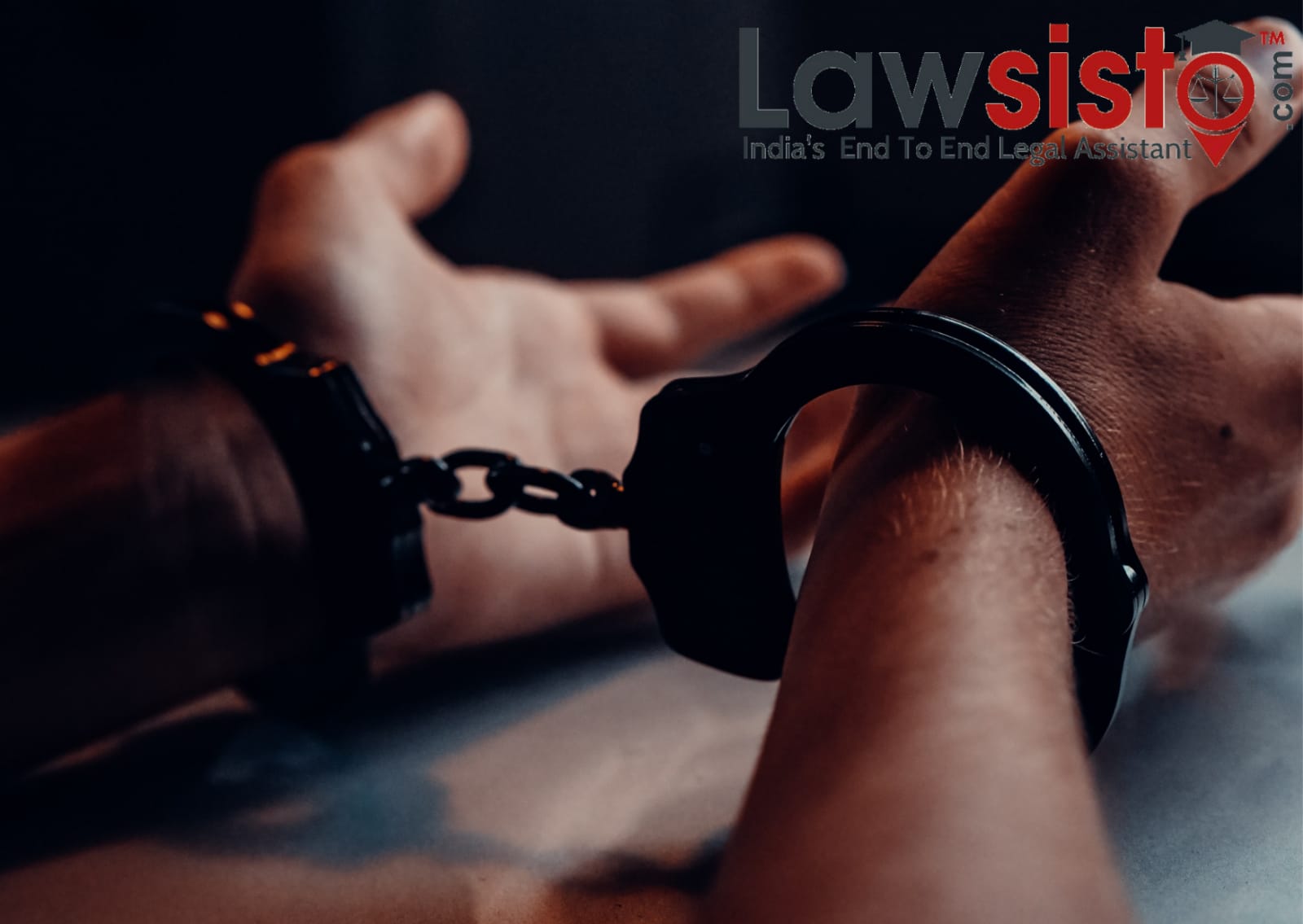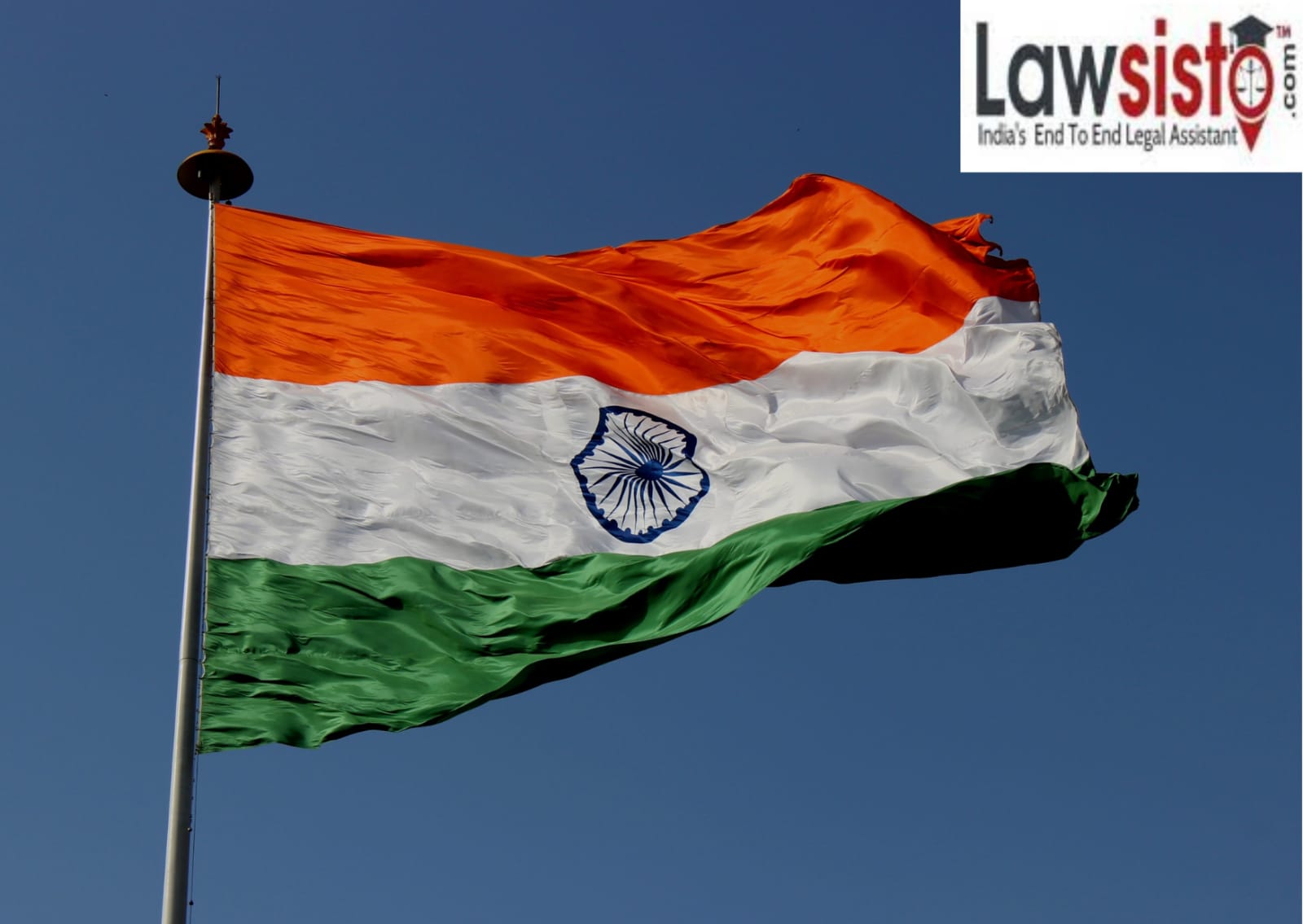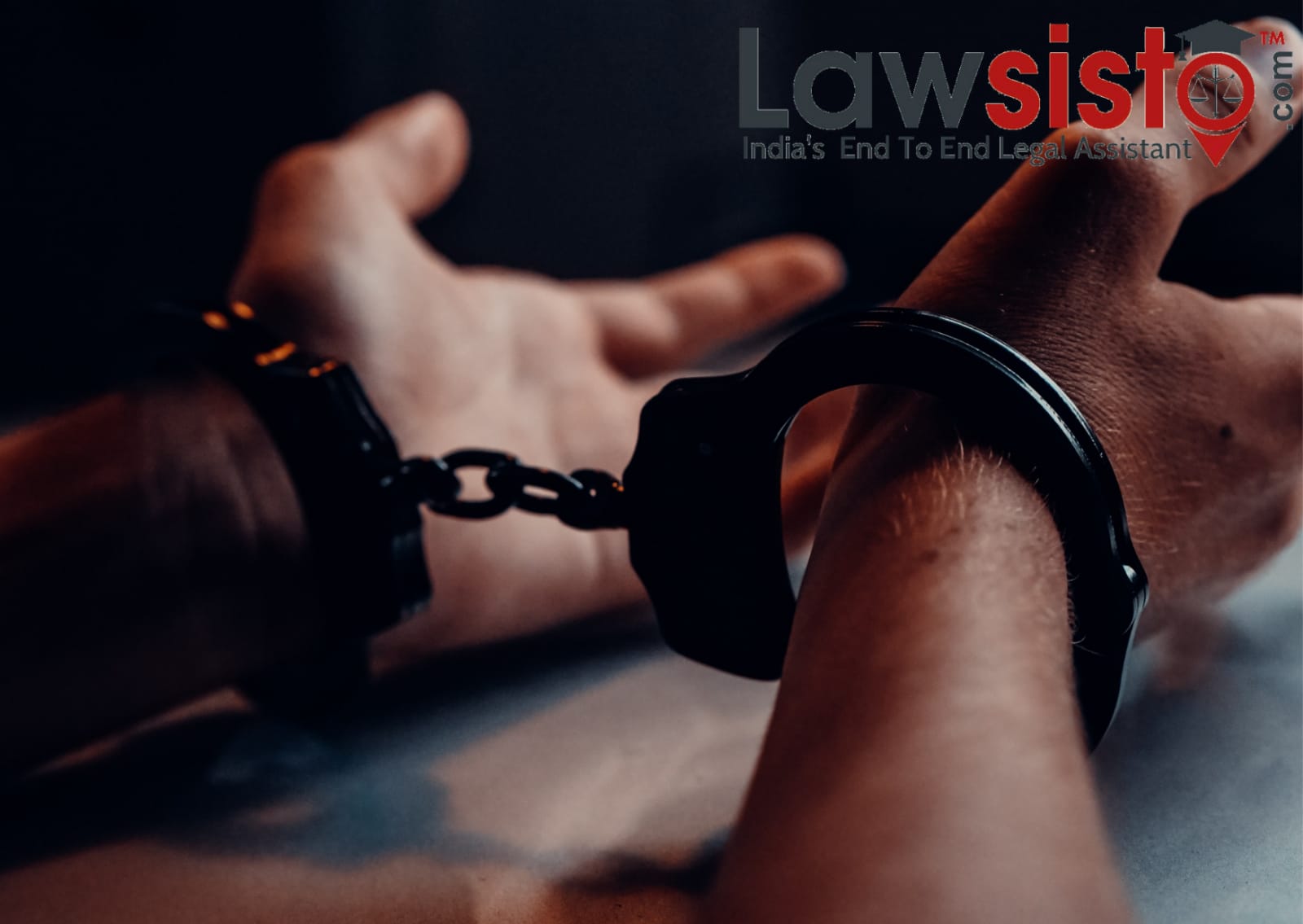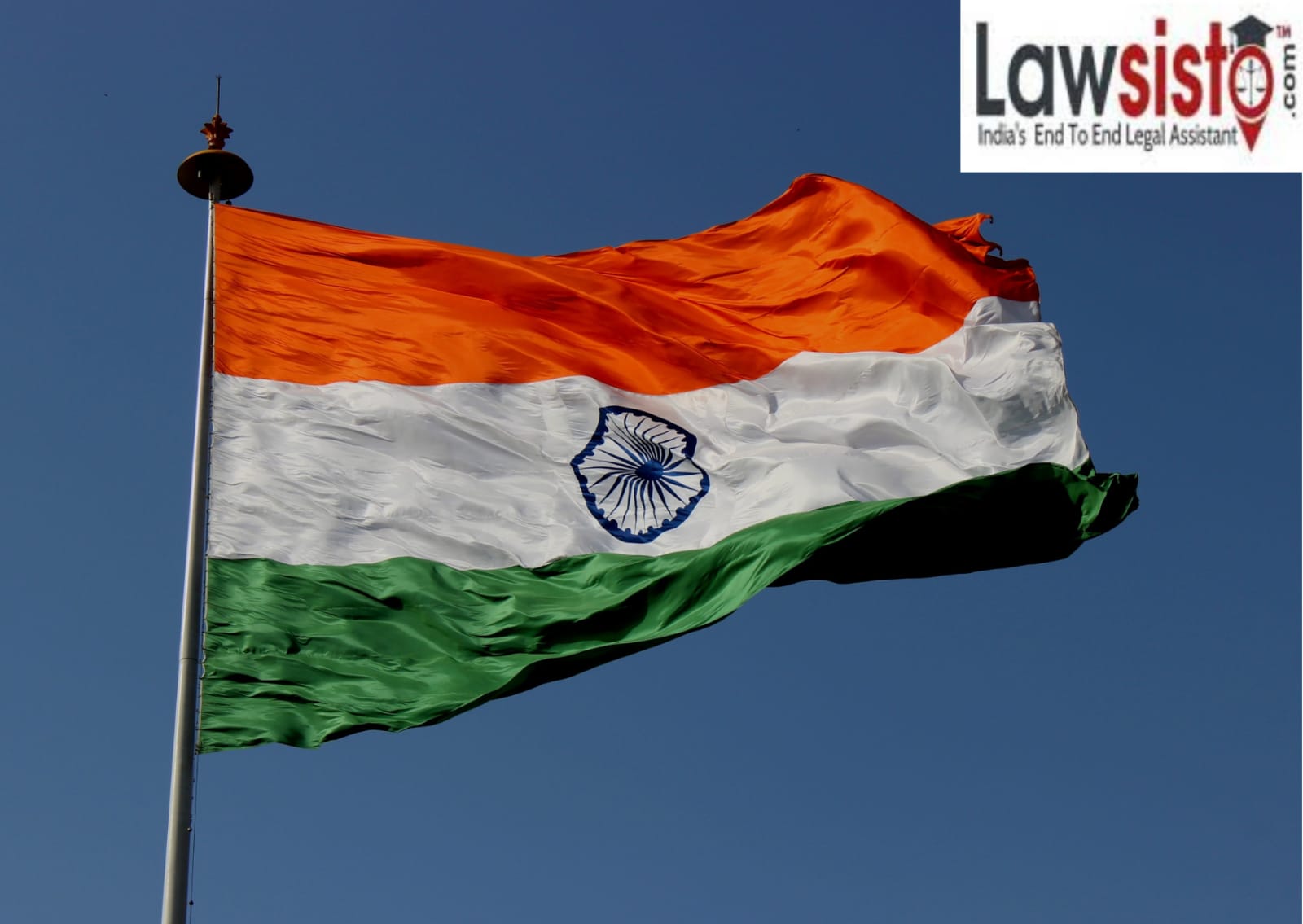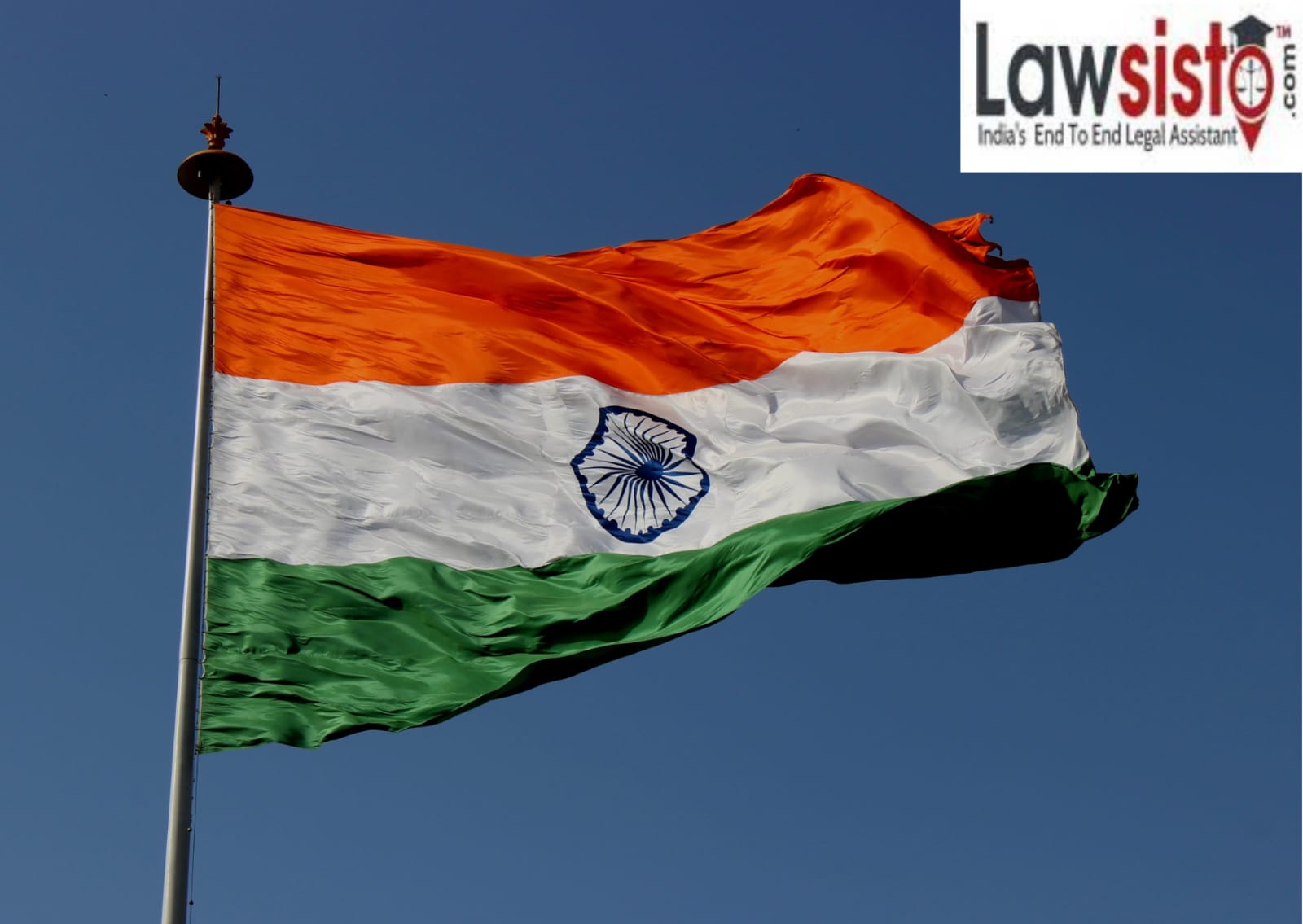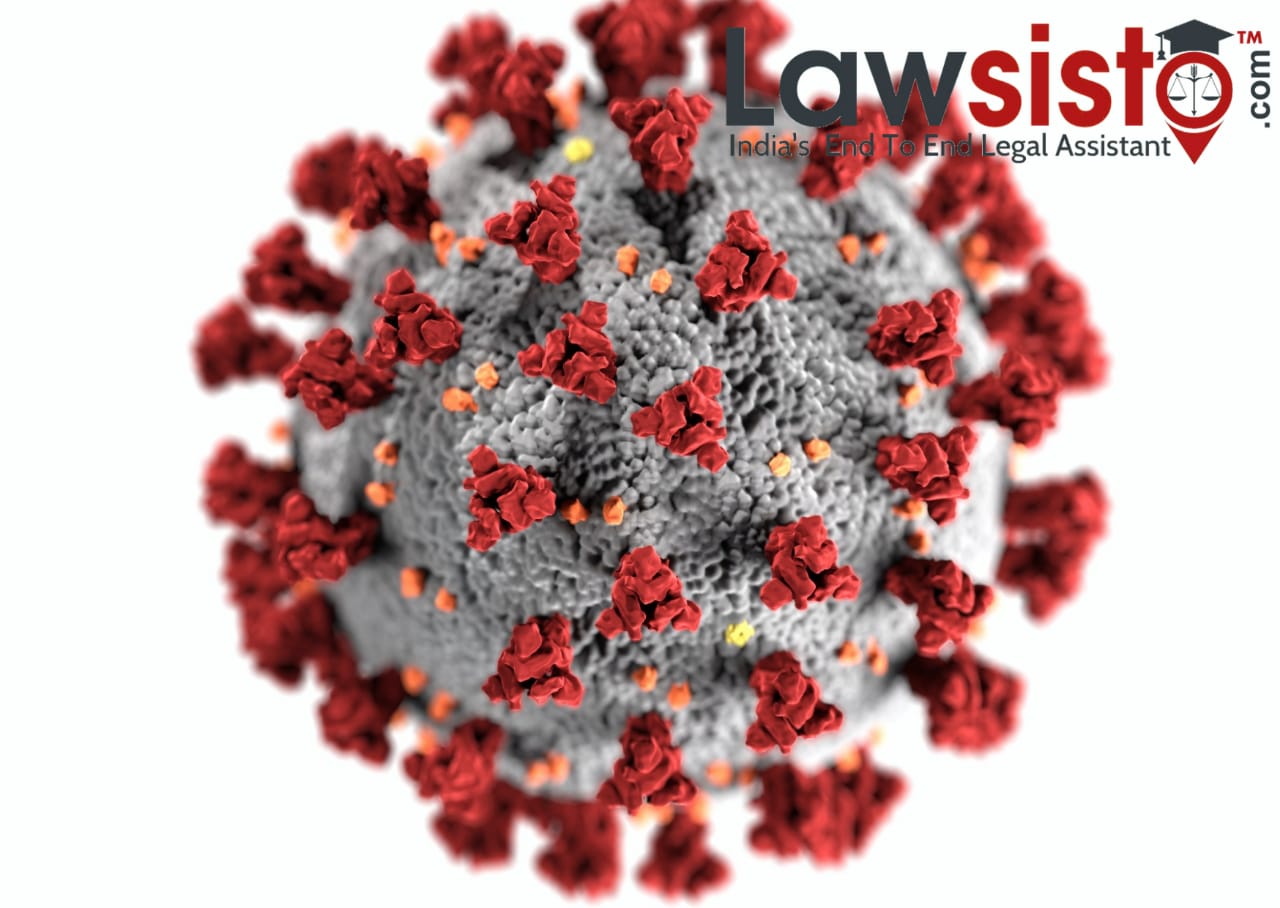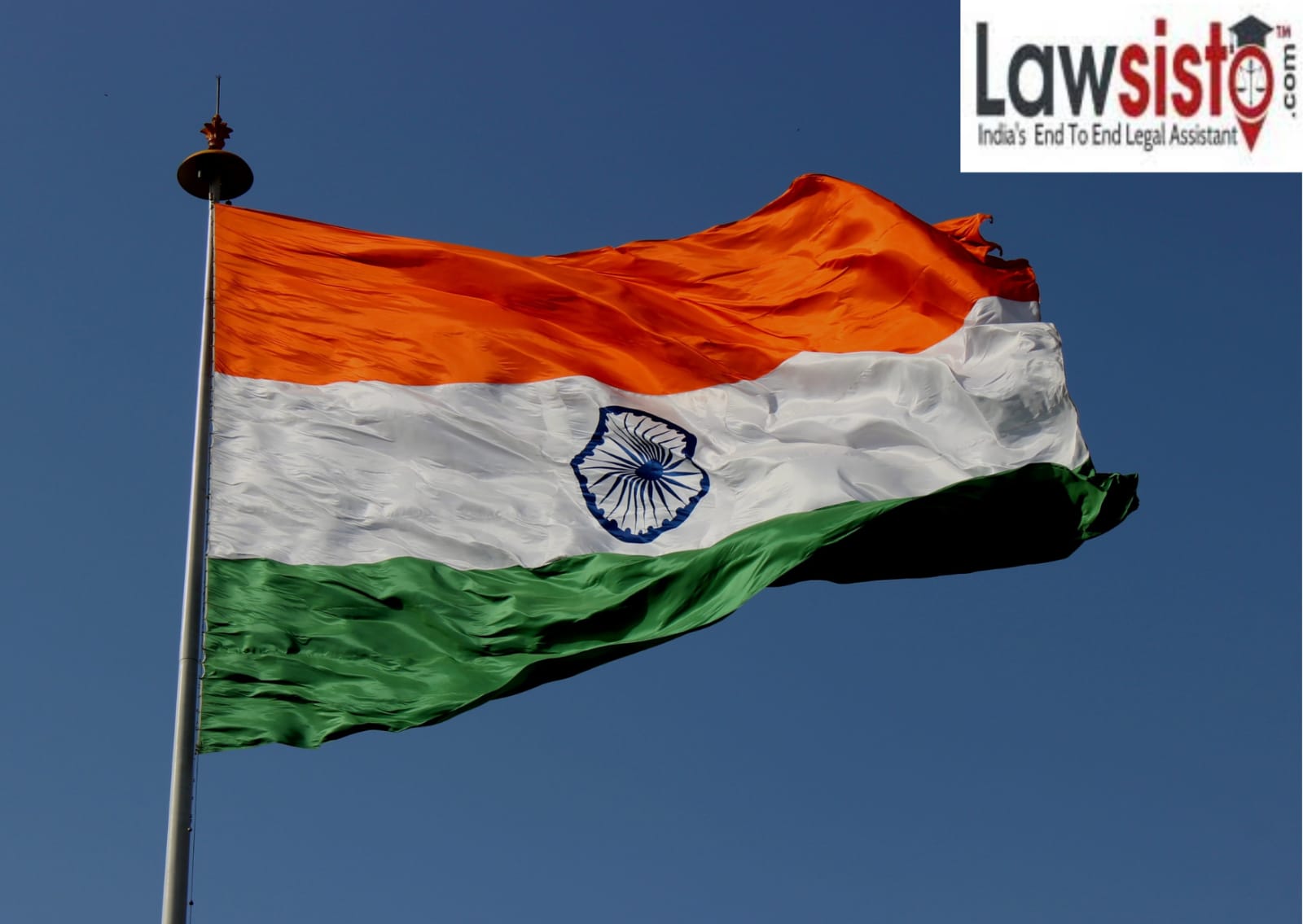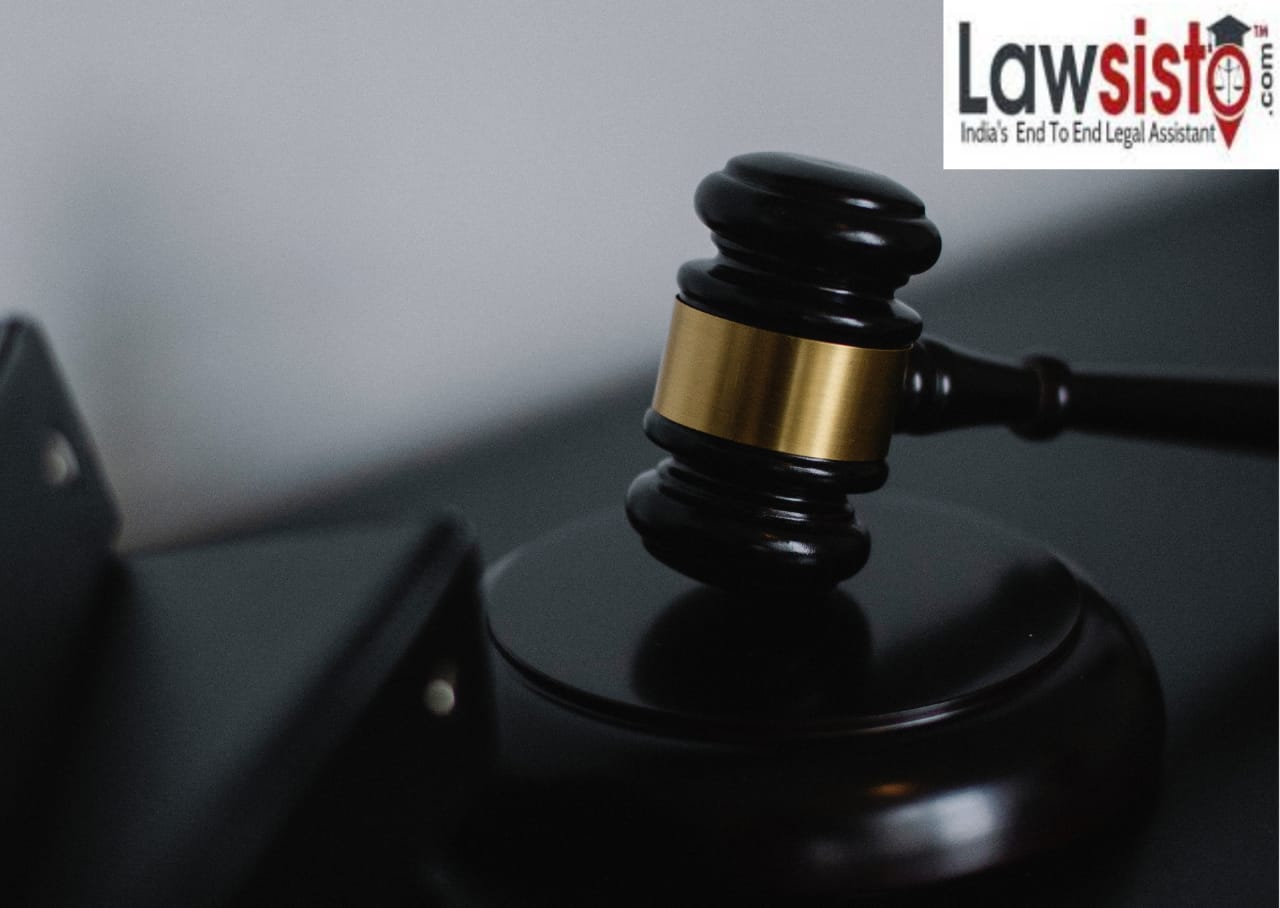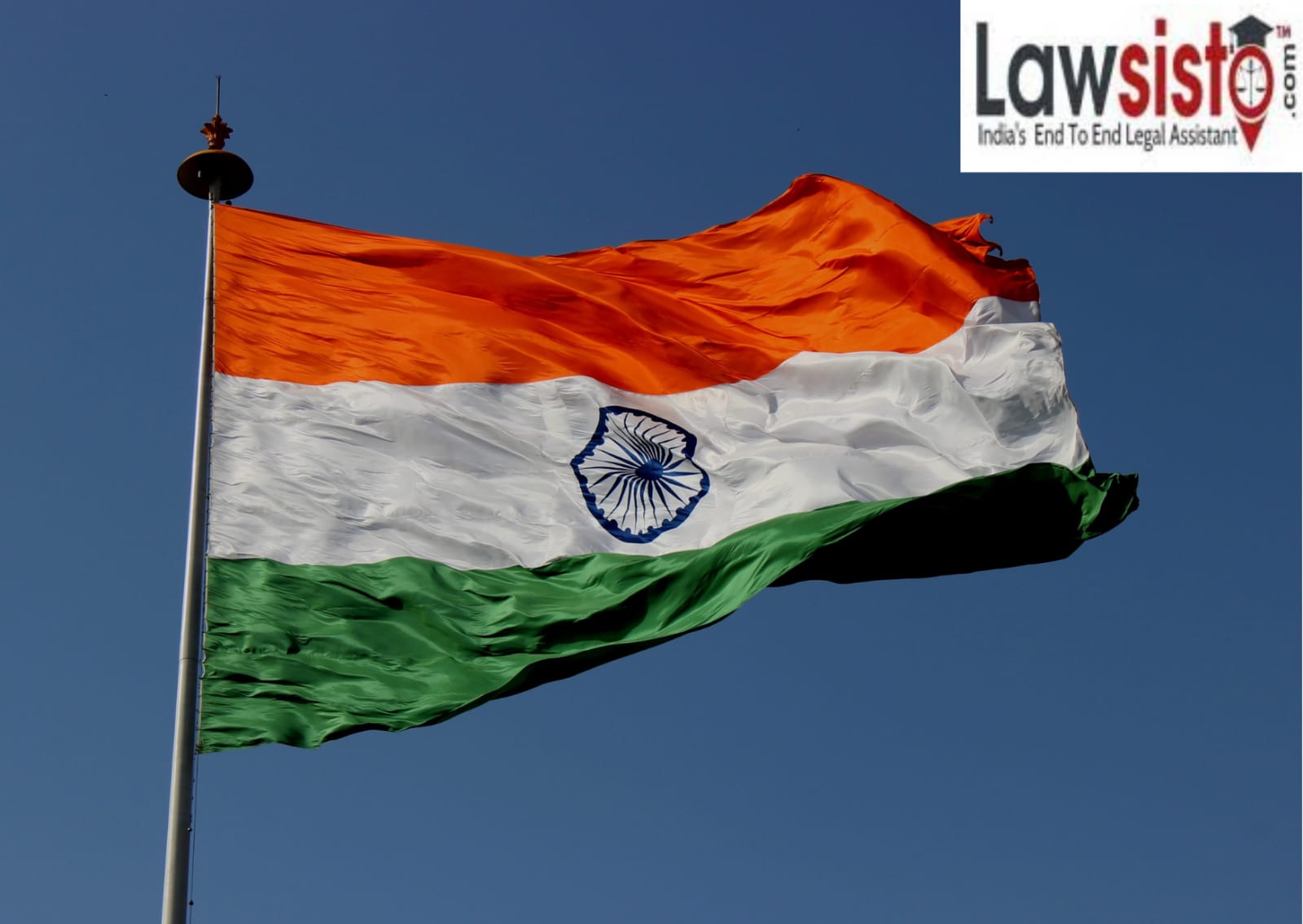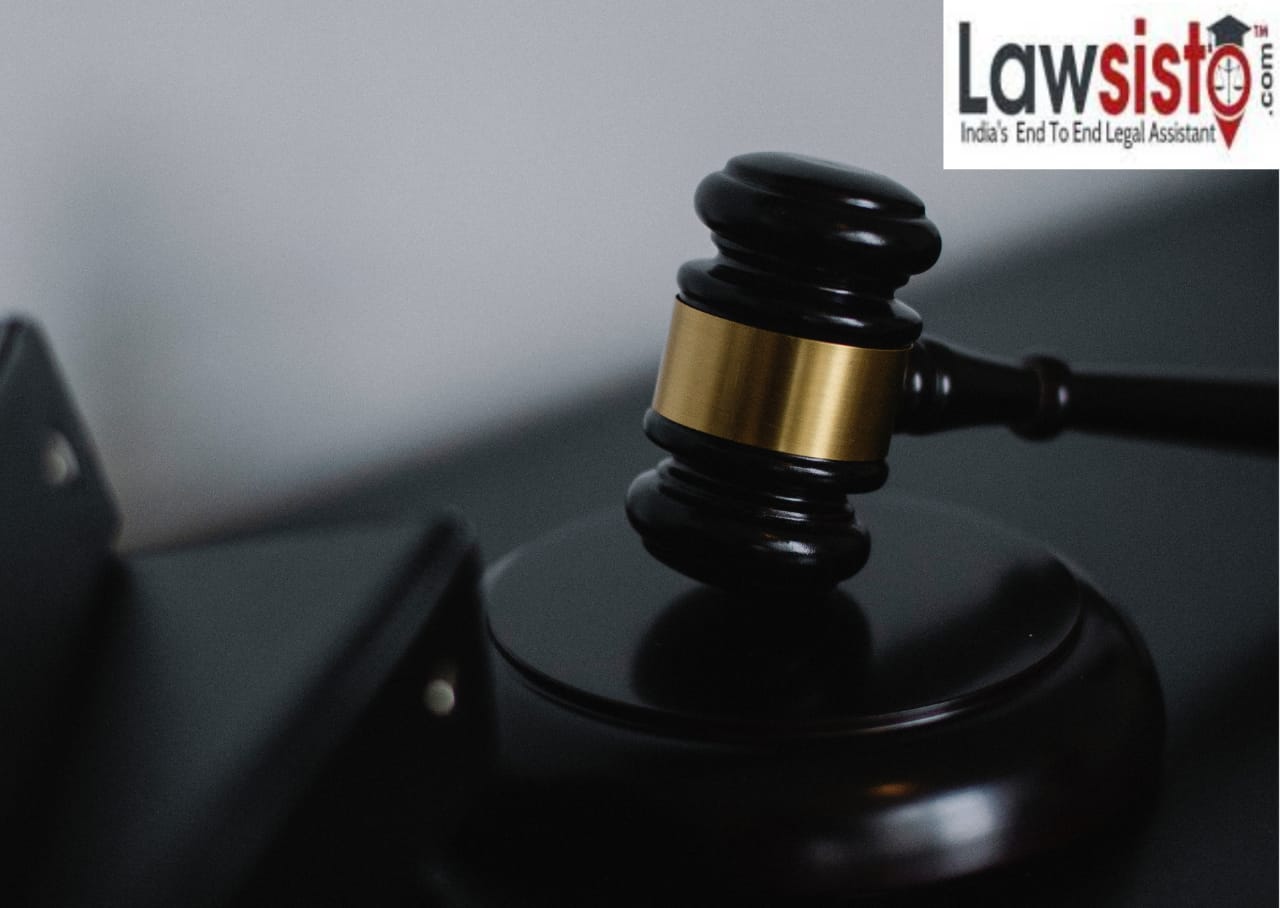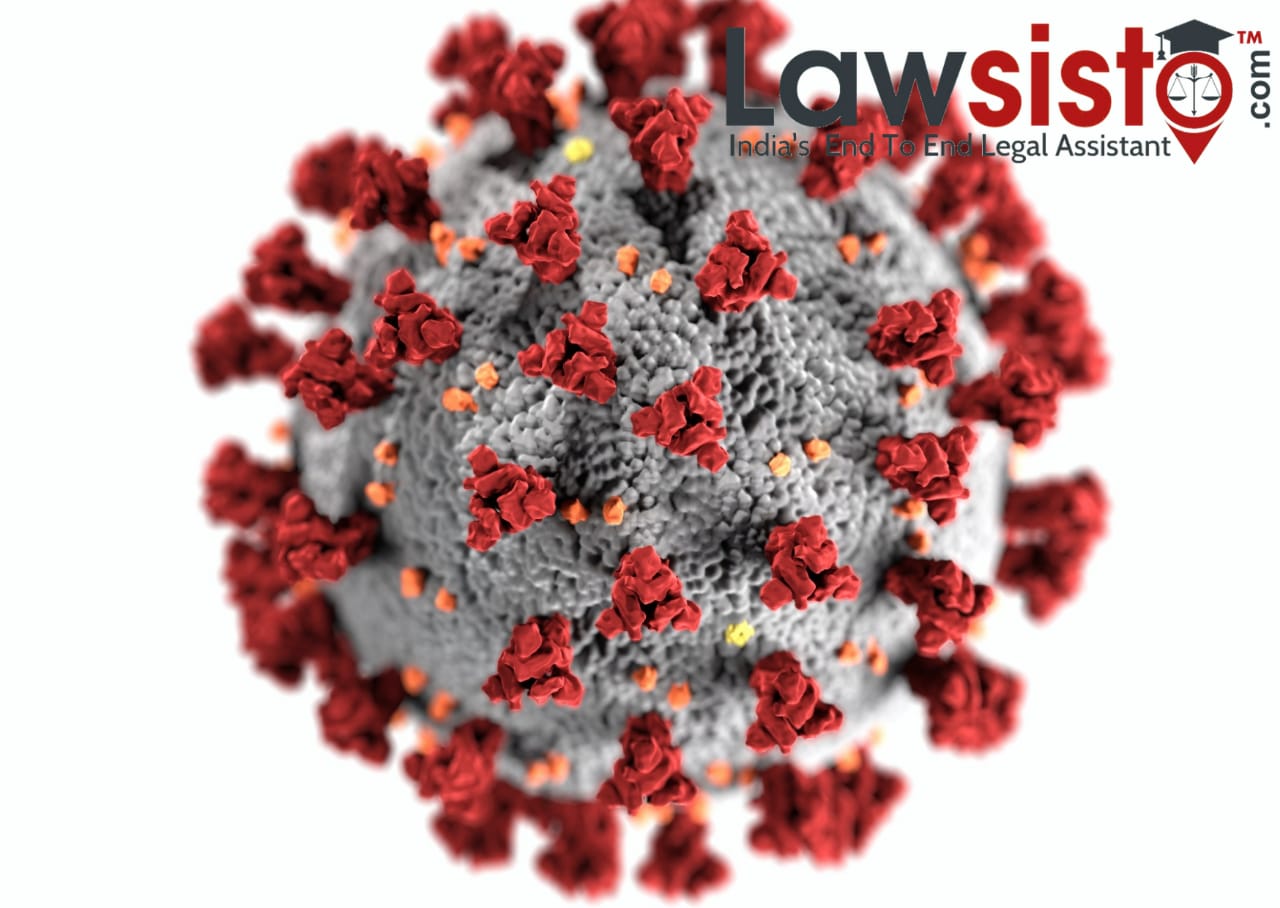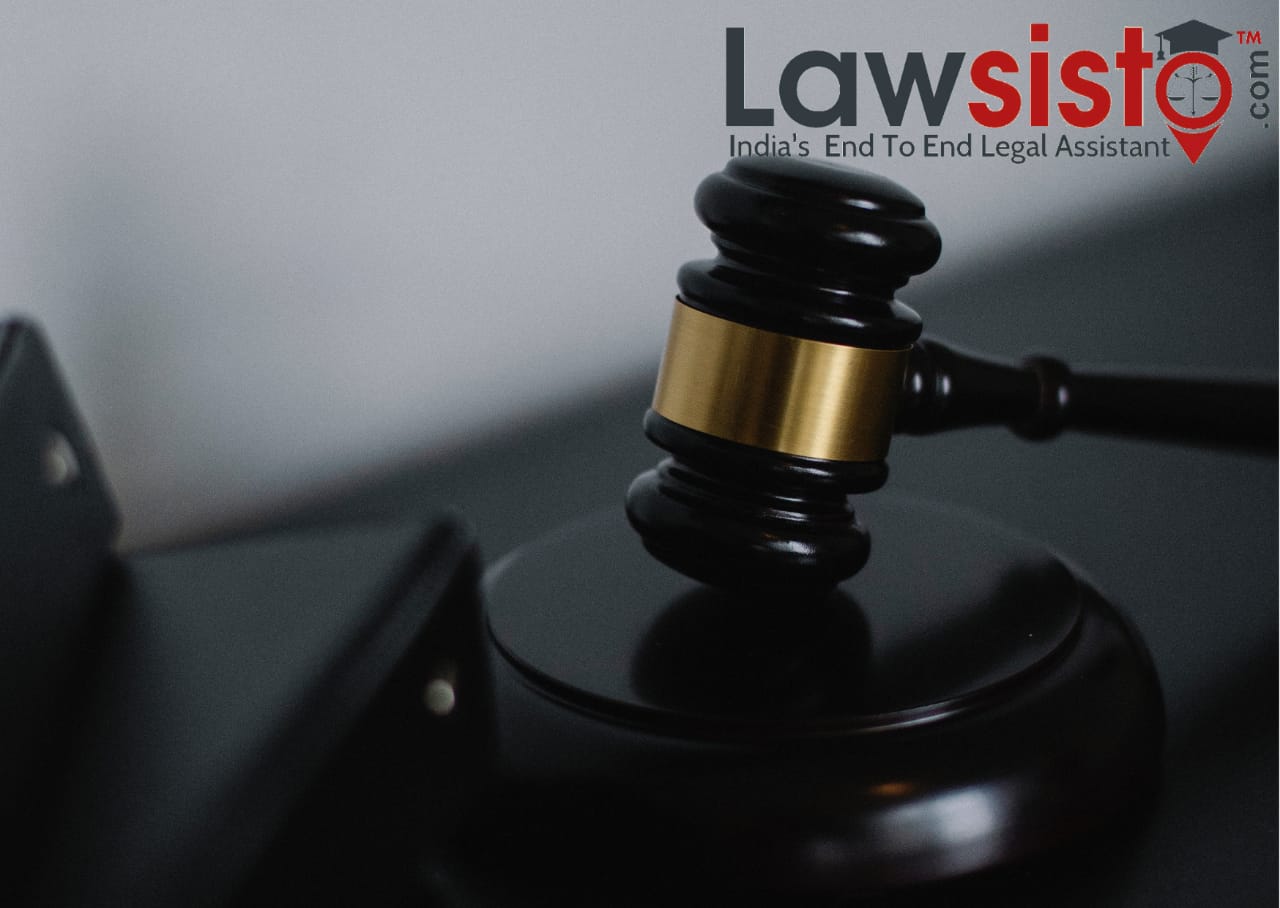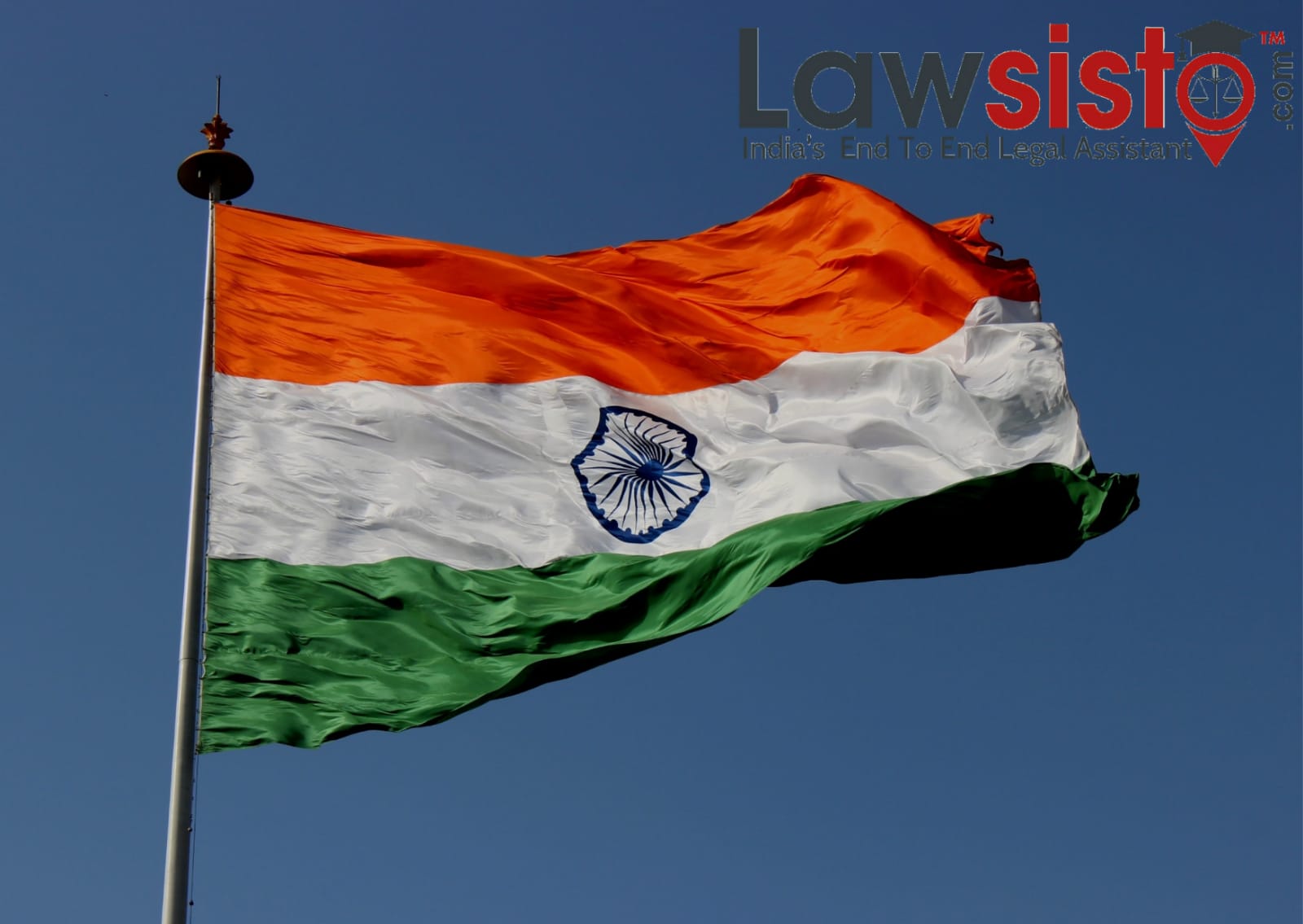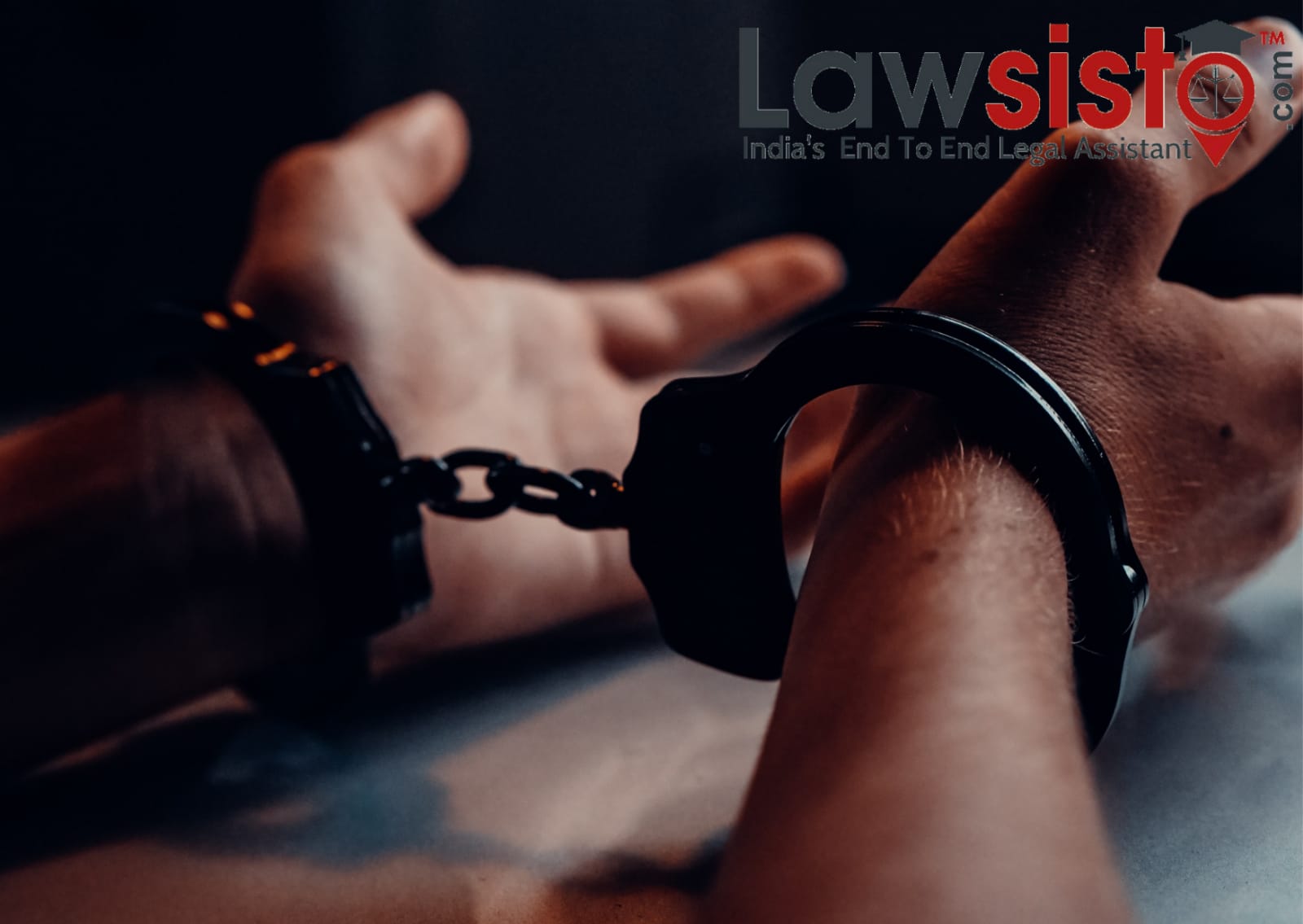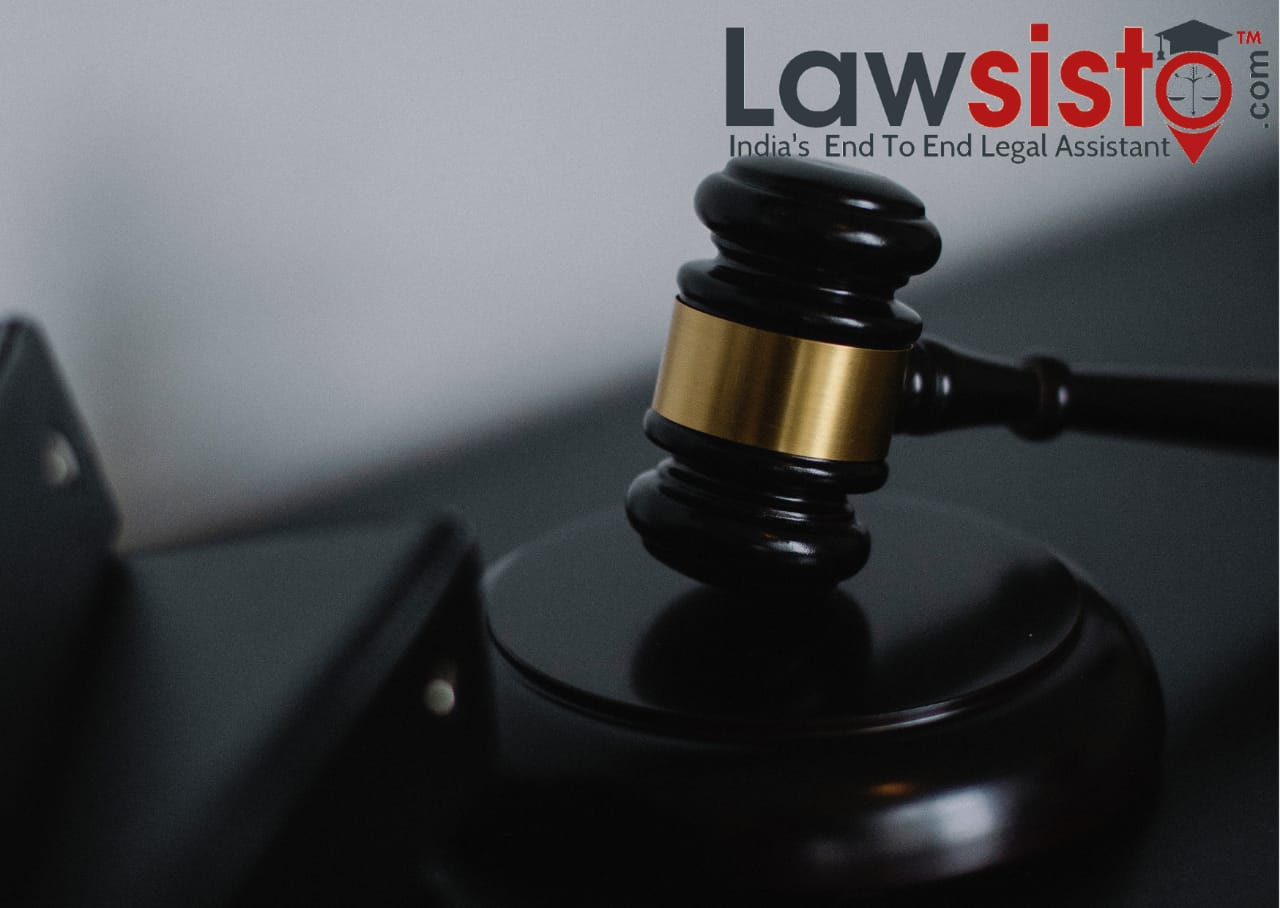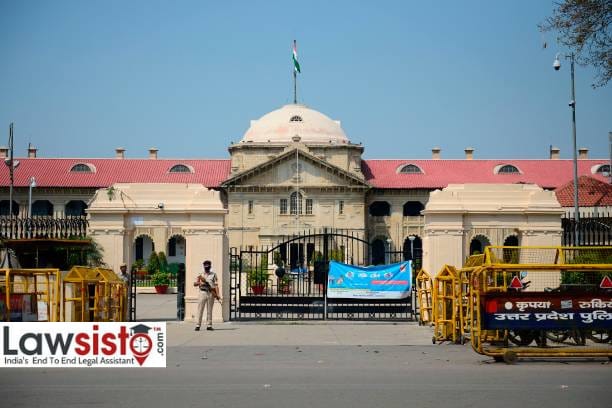Latest News
Judgement-The Land Acquisition Officer, AP Vs. Ravi Santosh Reddy(D) by L.Rs.

FACTS OF THE CASE:
In the year 1978, the appellant-State acquired 53 acres of land pursuant to the notification issued under Section 4(1) of the Land Acquisition Act, 1894 and This notification included the land belonging to the respondents’ predecessors measuring around 13 acres 18 guntas situated in Nagireddy village Palli in Andhra Pradesh and the same was acquired for the purpose of laying down New Broad gauge line.In 1980, the Land Acquisition Officer (LAO) by his Award divided the land into three categories and awarded the compensation to all the landowners whose lands had been acquired including the one belonging to the respondents’ predecessors at the rate of Rs.1100/-, Rs.1200/- and Rs.1700/- per acre respectively. The respondents’ predecessor then filed a reference in Civil Court under Section 18 of the Act being for the purpose of the re-determination of the compensation offered to the respondent’s predecessor which was referred to Lok Adalat for mutual settlement. On 07.12.1988, in pursuance of the order passed by the Lok Adalat, the court passed an award and increased the compensation payable to the respondents according to which the respondents were entitled to claim a sum amounting to Rs. 6,42,681/- by way of compensation for his land. Later, the respondents’ predecessor filed an execution petition being for the purpose of the realization of the entire due amount in accordance with the award. The respondents’ predecessor died during the pendency of the execution petition and his legal representatives were brought on record,i.e., the present respondents.
By an order dated 15.09.1997, the executing Court determined the amount payable to the respondents by the State towards compensation and issued warrants against the judgment-debtor (State) for recovery of the interest amount of Rs.50,000/- but this order was not challenged by the State in higher Courts and so this order by the court attained finality. The State made an application seeking to recall the order dated 15.07.1997 and By an order dated 22.10.1997, the executing court dismissed the said application made by the State. Feeling aggrieved by this order, the State filed a revision petition before the High Court challenging the impugned order by the court. The High court looked into the matter and terming the order as an impugned order, the High Court dismissed the revision petition. Against the said order, the State has filed this appeal by way of special leave before this Court. So, the appeal in this matter was filed against the final order by the High Court of Judicature, Andhra Pradesh at Hyderabad wherein the High Court, by way of decision, dismissed the revision petition filed by the appellant against the order passed by the Subordinate Judge at Bhongir, Algona Dist.
ISSUE BEFORE THE COURT:
- Whether the order dated 15.09.1997 wherein the court directed the attachment of the movables of the petitioner should have been recalled by the Hon’ble Court?
VIEW OF THE COURT:
The court was of the view that there was absolutely no merit in this appeal and that only by a mere perusal of the impugned order would go to show that the reasoning given by the High Court was just and proper and the same couldn’t be called as impugned and that it was rightly held by the High Court that the proper remedy that was available to the State, in this case, was to challenge the main order dated 15.09.1997 and that the same order (dated 15.09.1997) was not challenged by the State and therefore, it had attained the stage of its finality. The State under an order dated 22.10.1997 by which the application made by the State to recall the order dated 15.09.1997 was dismissed by the executing Court. Although, the order dated 15.09.1997 was never under challenge/dispute in any proceedings at the instance of the State, yet the court stated that it had perused the said order with a view to find out its sustainability and on a perusal of the order, the court found that the State was liable to pay a sum of Rs.50,000/- towards interest due to delayed payment of the decremental sum for the period mentioned in the order and that for the purpose of realization of the amount (Rs.50,000/-), the warrant of attachment had been issued at the instance of the respondents against the State properties by way of an execution petition in the execution court. Moving further, the court stated that it also observed that the learned counsel representing the state was unable to show any kind of illegality or perversity in the said calculation made by the executing Court while working out the liability of the State in paying Rs.50, 000/- towards interest and that the amount calculated as interest due by the executing court was valid. Court went on further and observed that the appellant filed a misconceived appeal against an interim order and it was unfortunate that a genuine claim of the respondents was not satisfied by the State for such a long period of time.
DECISION HELD BY COURT:
- The court disposing of the appeal held that the order dated 15.09.1997 was passed bi-party and was not challenged at any time during the course of proceedings, so the appeal by the state was to be dismissed as no objection was raised by the counsel for the state during the time of passing of the order by the court.
- The court dismissed the appeal filed by the appellant and held the view that the appeal didn’t involve any arguable points neither of fact nor of law or of public importance or any kind of substantial money claim and also the counsel was unable to show any illegality in the calculation made by executing court in calculating the liability of state while assessing the interest payable to the respondent and the appeal was filed only to defeat or delay the interest of justice.
- Dismissing the appeal on the ground that it had no merit, the court also ordered the state to pay Rs. 10,000/- to respondents along with the pending decretal money, if any.
Document:
